Bali Surf Sport

The island that turned waves into a way of life
Did you realize that Southeast Asia’s surfing hub is Bali? It attracts surfers all year round because to its warm seas, reliable waves, and active surf culture. While Uluwatu presents pros with formidable reefs, beginners take pleasure in Kuta’s gentle beach breaks. Every ability level can be accommodated by Bali’s coastline, and the friendly atmosphere makes it simple to advance your abilities while taking in the island’s legendary energy and ocean lifestyle.
Levels of Surfing in Bali:
- Beginner
- Intermediate
- Advanced
Quick learning, warm waters, and a surf culture that lifts you up
Beginners frequently get up within three days in Bali, a surf paradise. Learning is quick and secure when there are clear waves, knowledgeable teachers, and possibilities like Kima Surf’s certified coaching. While private classes speed up progress, group lessons fit budgets. Incorporate yoga into your practice to increase recuperation by 40%. Bali welcomes all surfers with ideal conditions and a welcoming island vibe, from Kuta’s gentle breaks to more challenging waves.
West to east, Bali’s waves roll year-round, if you know when to go
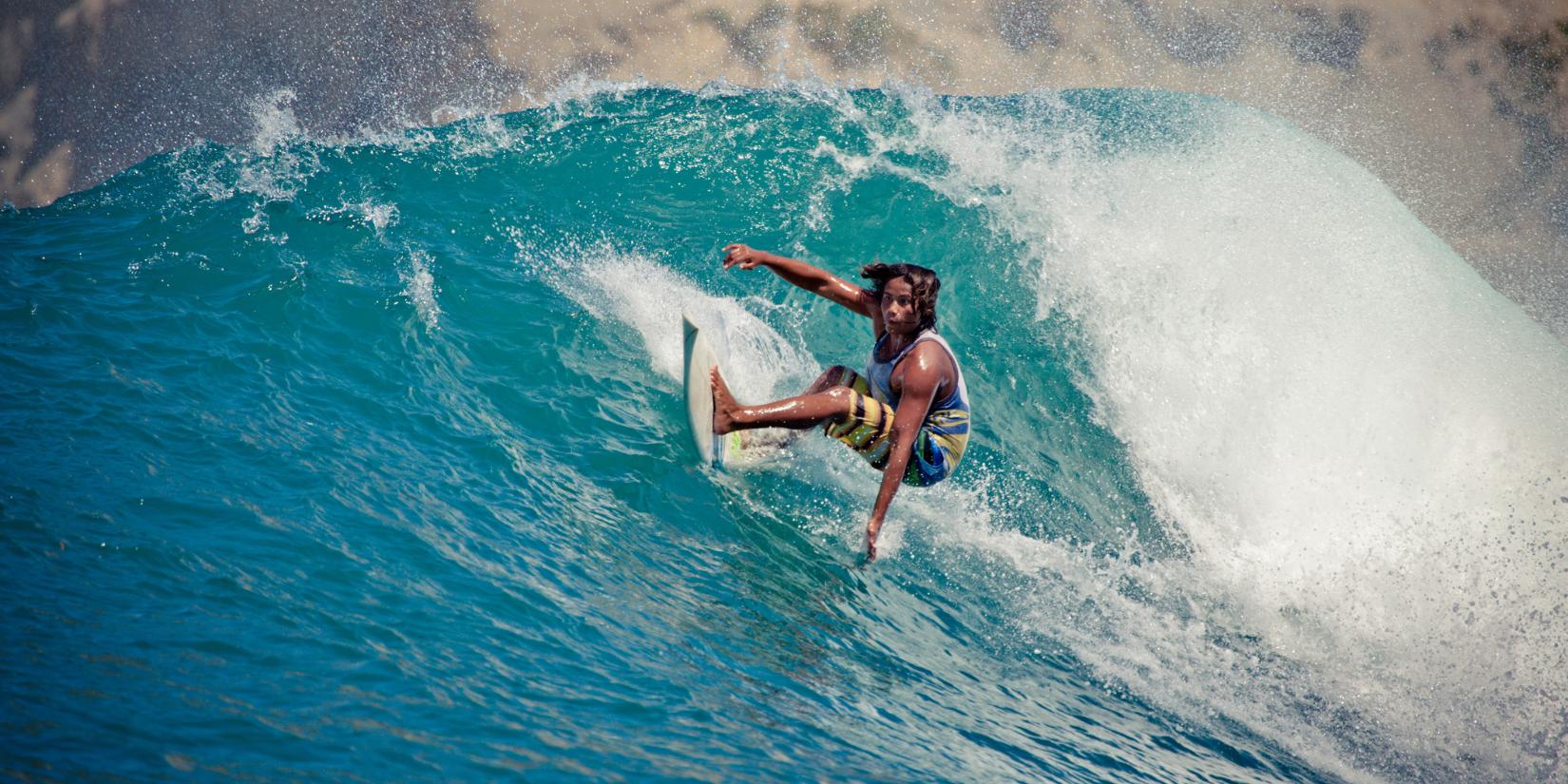
Bali has waves all year round due to its multiple surf seasons. The west coast (Canggu, Uluwatu) experiences strong 4–8 foot swells from May to October. Action moves eastward (Nusa Dua) from November to April, with clear intervals in between storms. Wind apps are checked every day by smart surfers. Pros pursue larger sets in September, while beginners flourish from June to August. After a lot of rain, stay away from river mouths as pollution can ruin your session. The waves of Bali never sleep.
Respect the reef, read the signs, and ride smart
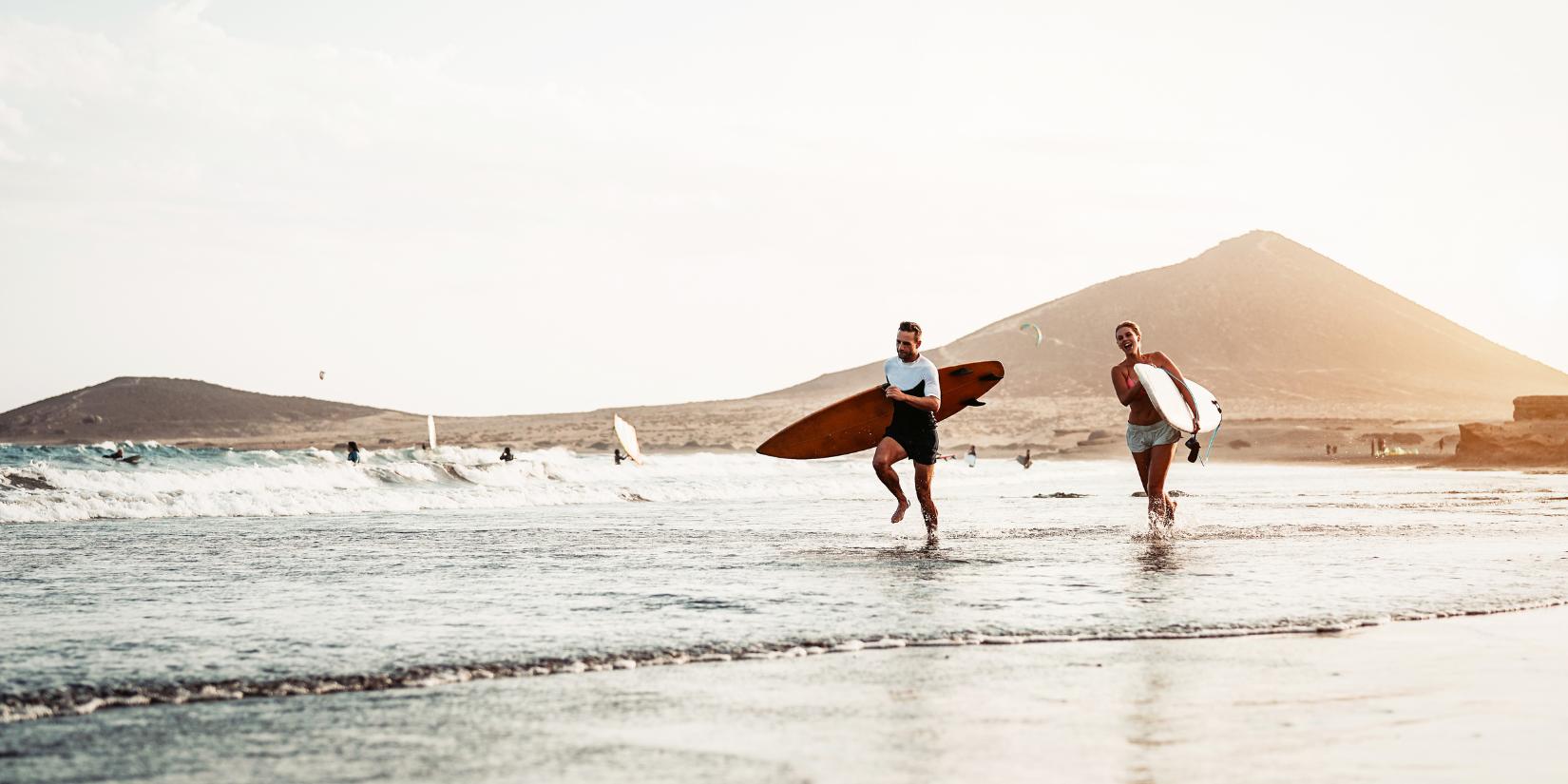
In Bali, even seasoned surfers like Marthe have to learn difficult lessons. Her board and skin were broken in a wipeout at Dreamland, proving that shallow reefs need to be respected. Respect wave priority, keep an eye out for lulls, and hold your board during falls. Canggu’s rips and Bukit’s low-tide reefs are serious business. Bali’s flag system is helpful: green indicates go, and red indicates stay.
The island’s best breaks, matched to your surf goals
There is something for everyone in Bali’s surf, from huge barrels at Uluwatu to mild rides in Kuta. Canggu’s mix is ideal for intermediates, while Kuta’s gentle waves are ideal for beginners. Nusa Dua is ideal for relaxed family gatherings, and Uluwatu is excellent for specialists. Balangan is a hidden gem of scenery. Rent a scooter, leave early, and heed local advice, those who successfully navigate Bali’s breaks will be rewarded.
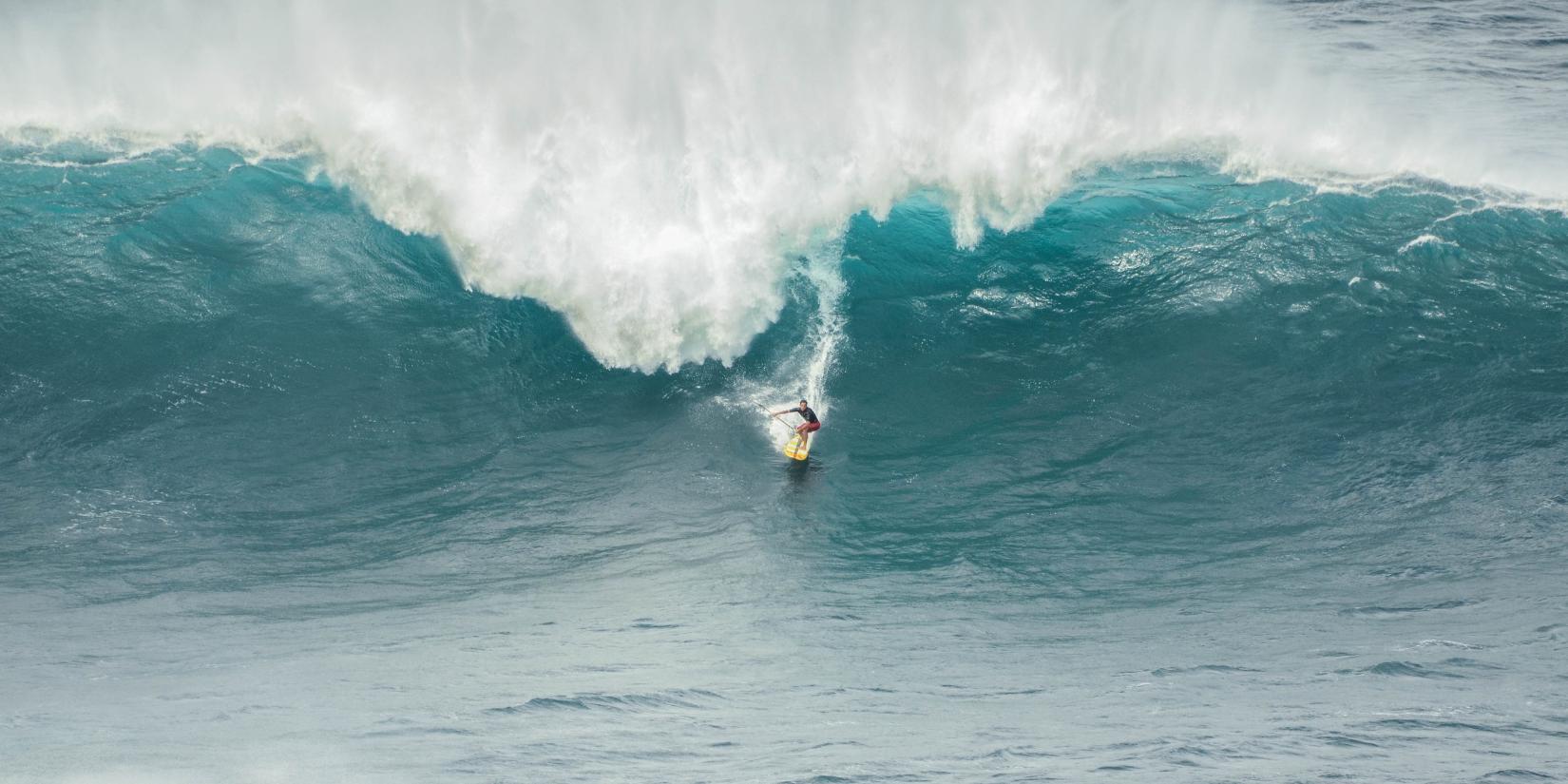
Long, cruisy point breaks on Bali’s wild west coast
The majority of surfers only visit the southern part of Bali, but Jembrana’s untamed shoreline offers a distinct perspective. Its crown jewel, Medewi, boasts a 300-meter left-hand point break, making it ideal for longboarders looking for flow. This gentle wave creates rhythm and style rather than tension. Ideal for morning offshores and west swells at mid-to-high tide. Although the pebble entry is challenging, the crowd-free rides make it worthwhile to have reef booties.
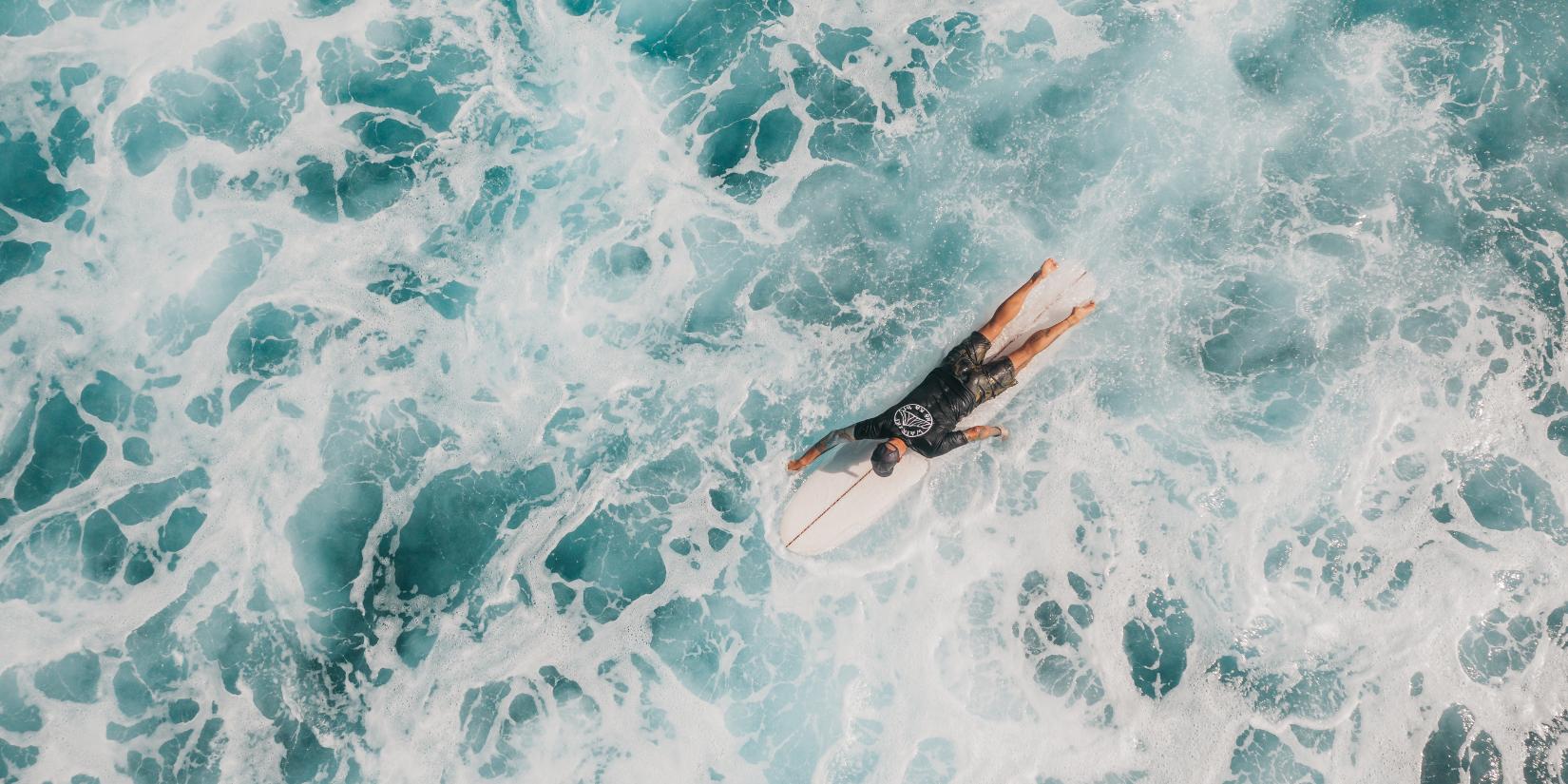
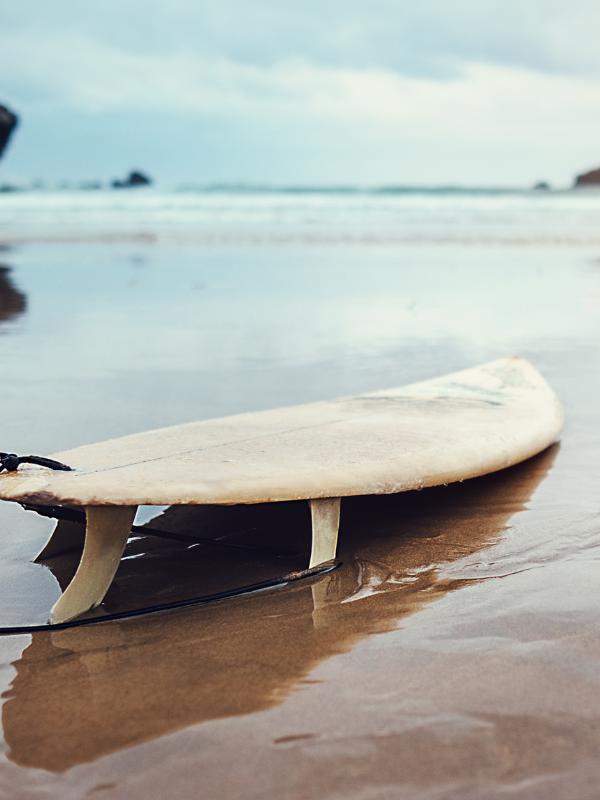
Surf Site
A longboarder’s paradise, Medewi’s renowned left-hand point break can peel for up to 300 meters across a clean, pebble-bottom reef. For intermediate surfers who want to become proficient in placing, flow, and patience, it’s perfect. Mid to high tide, morning offshores, and 3–6 foot west/northwest swells make for the best surf conditions from April to October. Reef booties are recommended because slick entry stones result in fewer crowds and more enjoyable rides.
Types of waves:
- Beginner
- Intermediate
- Advanced
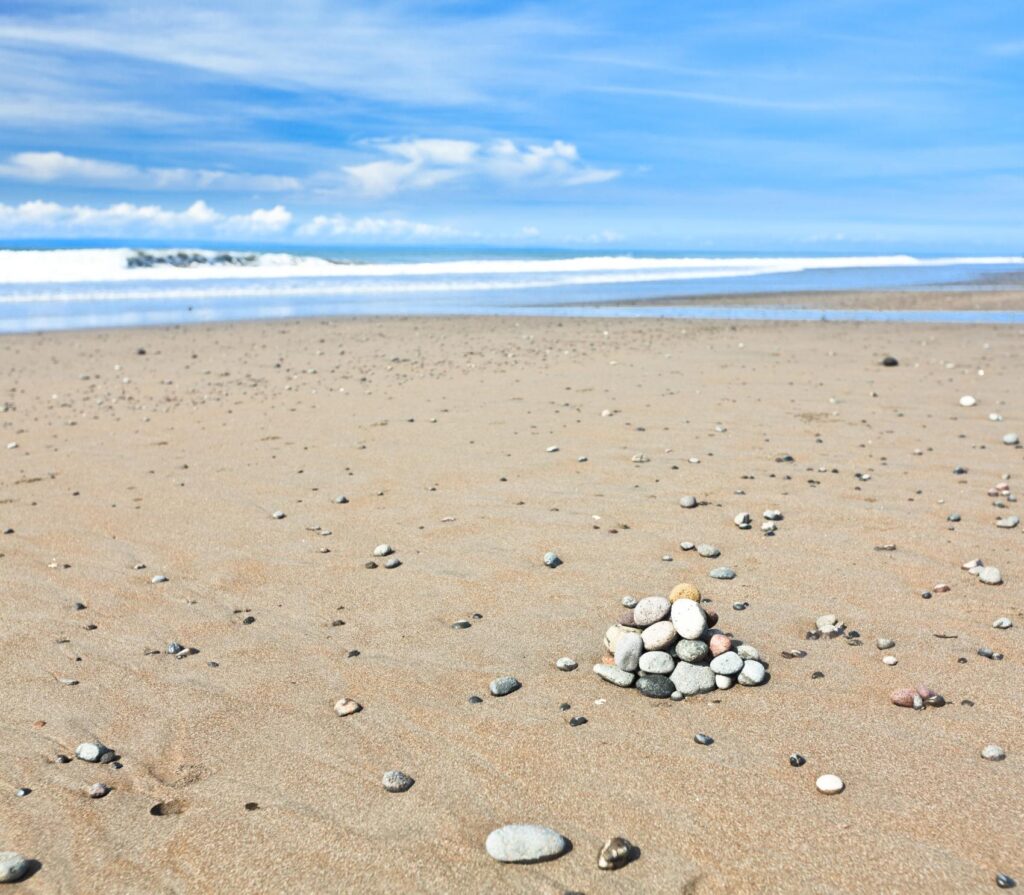
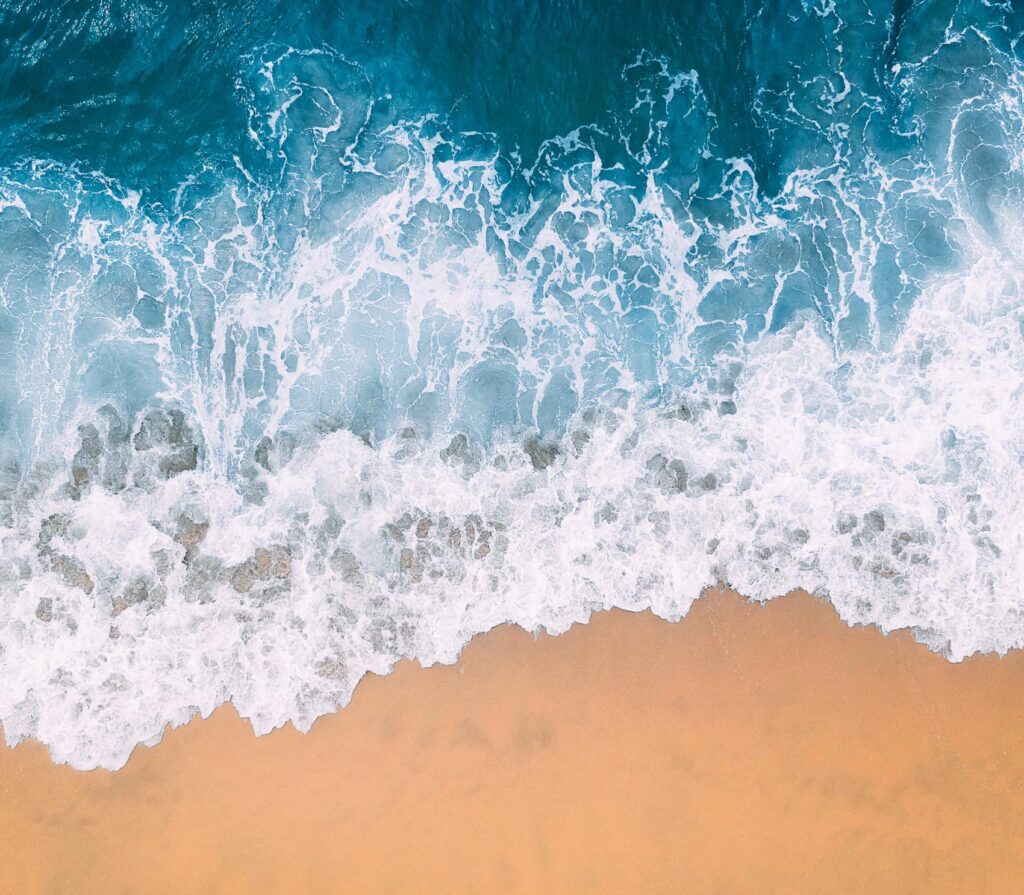
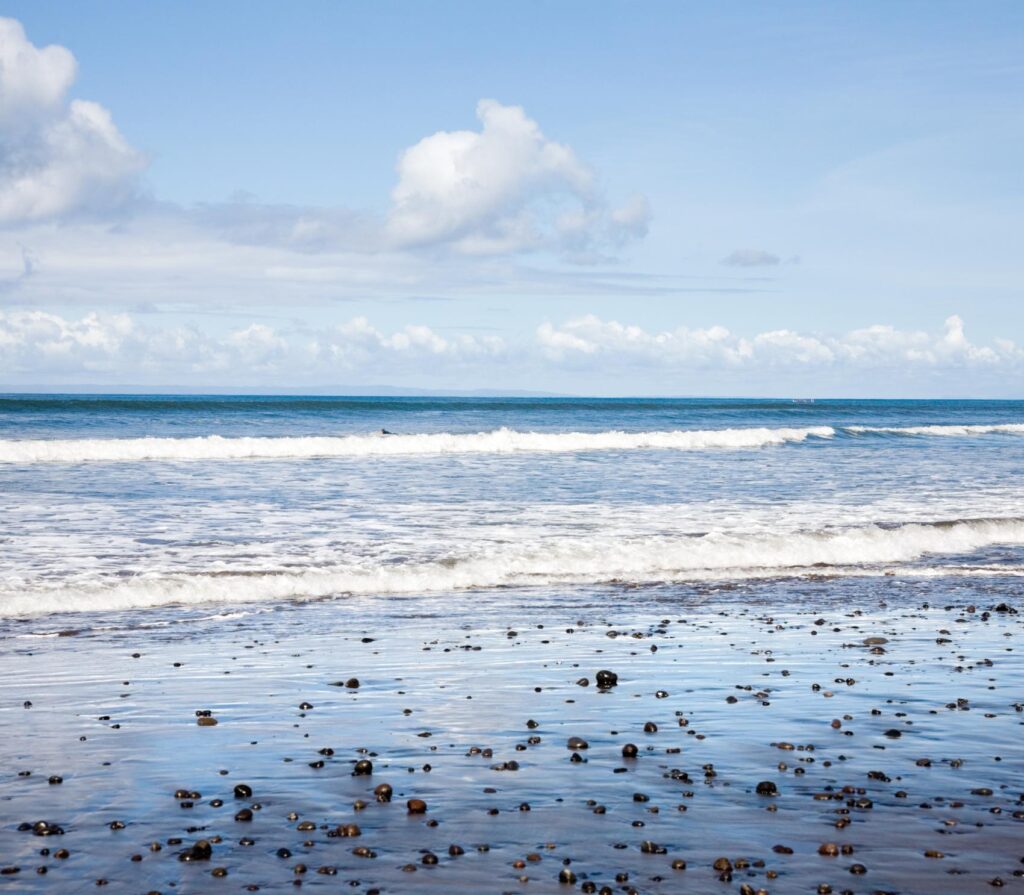
Black sand, green rice fields, river mouth rides
With its black sand beaches and verdant rice fields, Tabanan’s shoreline is a peaceful surfing destination. Fast, powerful rivermouth waves are perfect for enhancing turns at Balian Beach. Weekdays have calmer atmospheres and shorter lines. Refuel at warungs on the beach with grilled mahi-mahi. Stay at the reasonably priced Pondok Pisces or Puri Dajuma. It’s Bali beauty without the crowds, so arrive early for the sunrise surf and remember to pack reef-safe sunscreen.
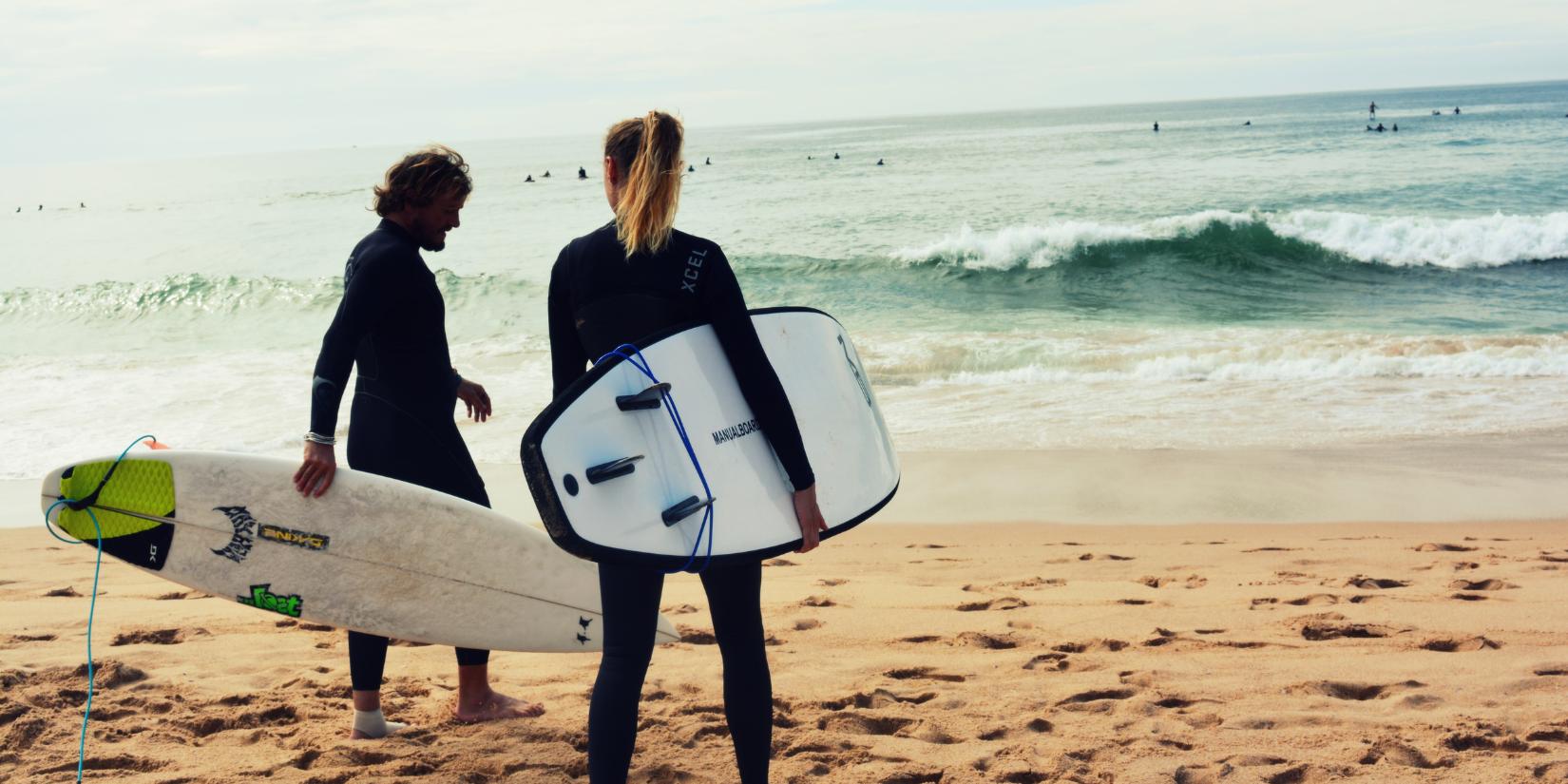
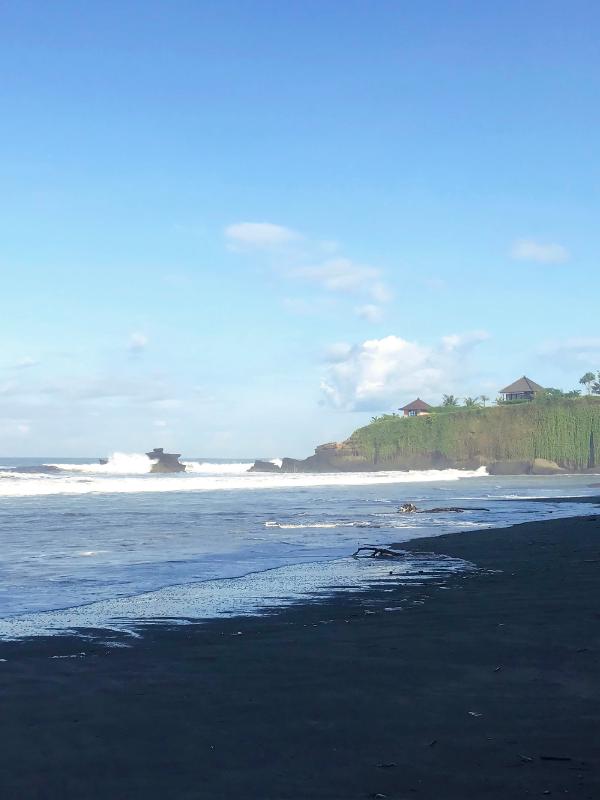
Surf Site
For surfers looking to improve their turns, Balian Beach offers powerful rivermouth waves on both the left and right sides. On weekdays, Balian offers shorter, more lively rides with fewer people than Medewi’s lengthy rides. It remains relaxed thanks to new access routes. With reef-safe sunscreen and a board ready for action, refuel on grilled mahi-mahi at nearby warungs, rest at Puri Dajuma or Pondok Pisces, and watch sunrises.
Types of waves:
- Beginner
- Intermediate
- Advanced
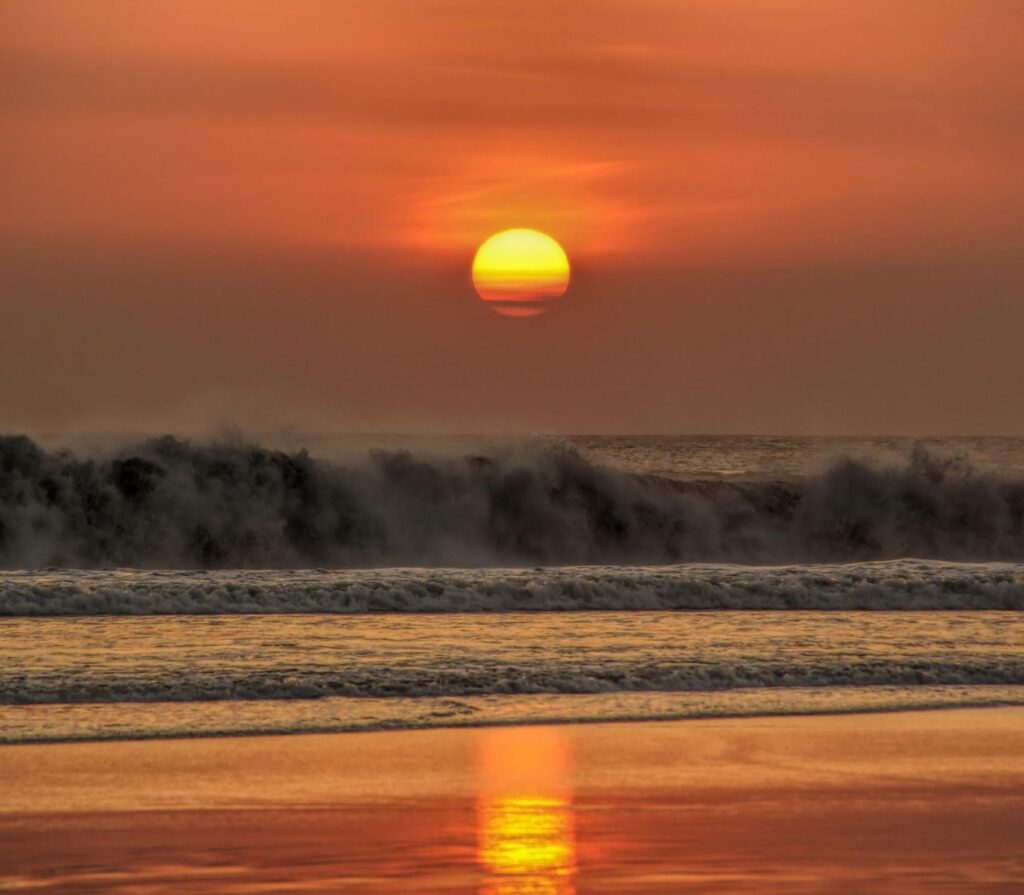
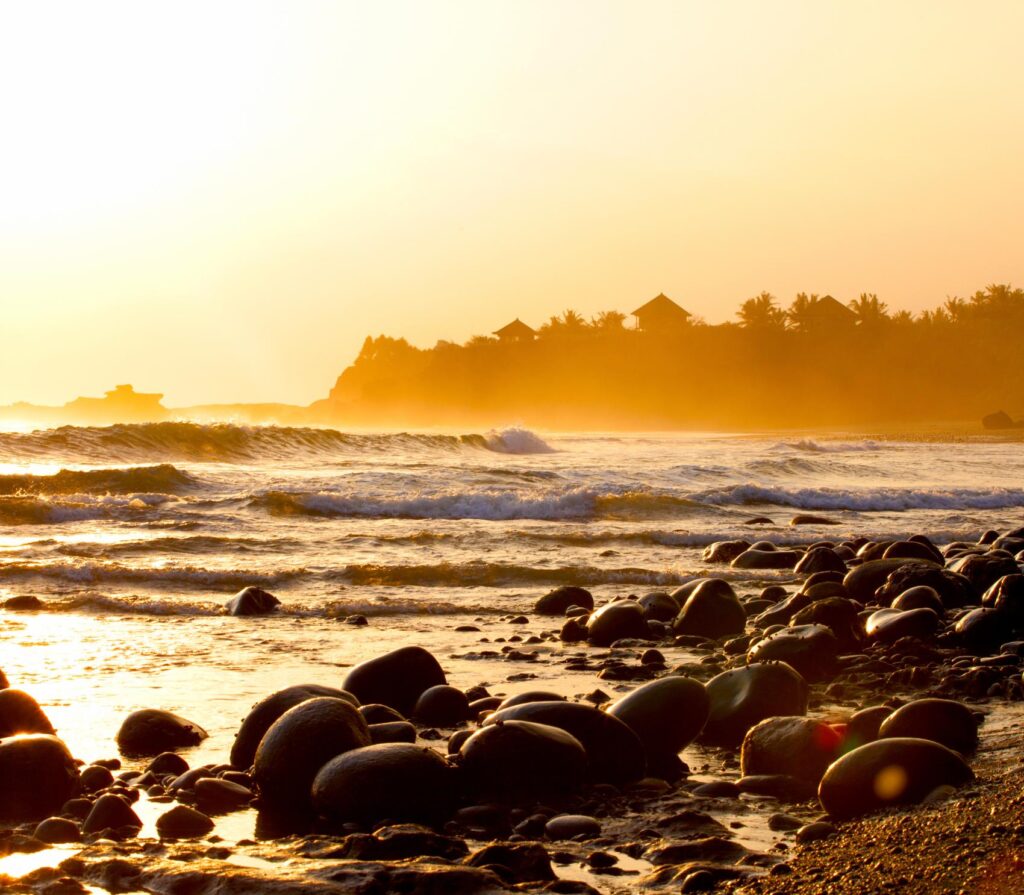
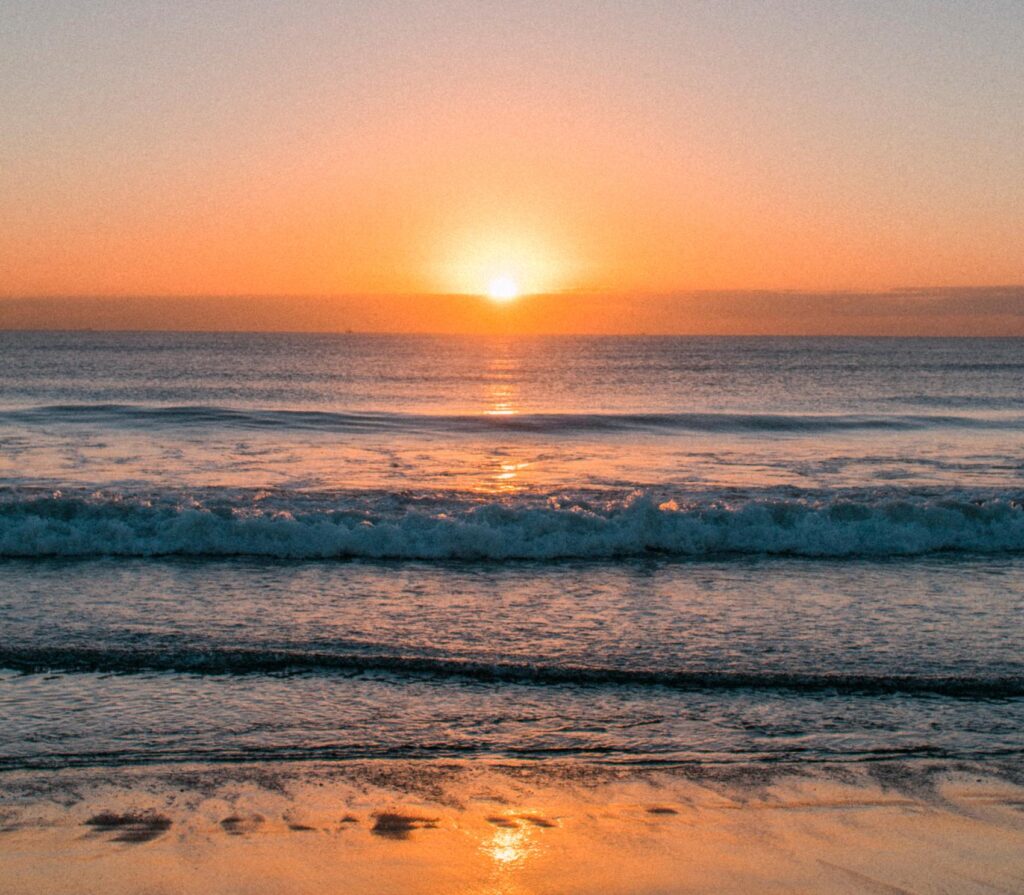
Beginner-friendly breaks with classic Bali energy
Bali’s hubs for beginning surfers are Kuta and Legian. The sandy beaches of Kuta provide excellent conditions and reasonably priced instruction. While the southern zones hinder progress, Legian’s Padma Peak offers gentle waves for pop-ups. Intermediates with lengthy right-handers do well on Kuta Reef. For experienced riders, Airport Lefts is a barrel-lover’s paradise. Avoid crowds by surfing early, and enjoy the reef lineup’s breathtaking sunsets. It’s the ideal place to practice surfing.
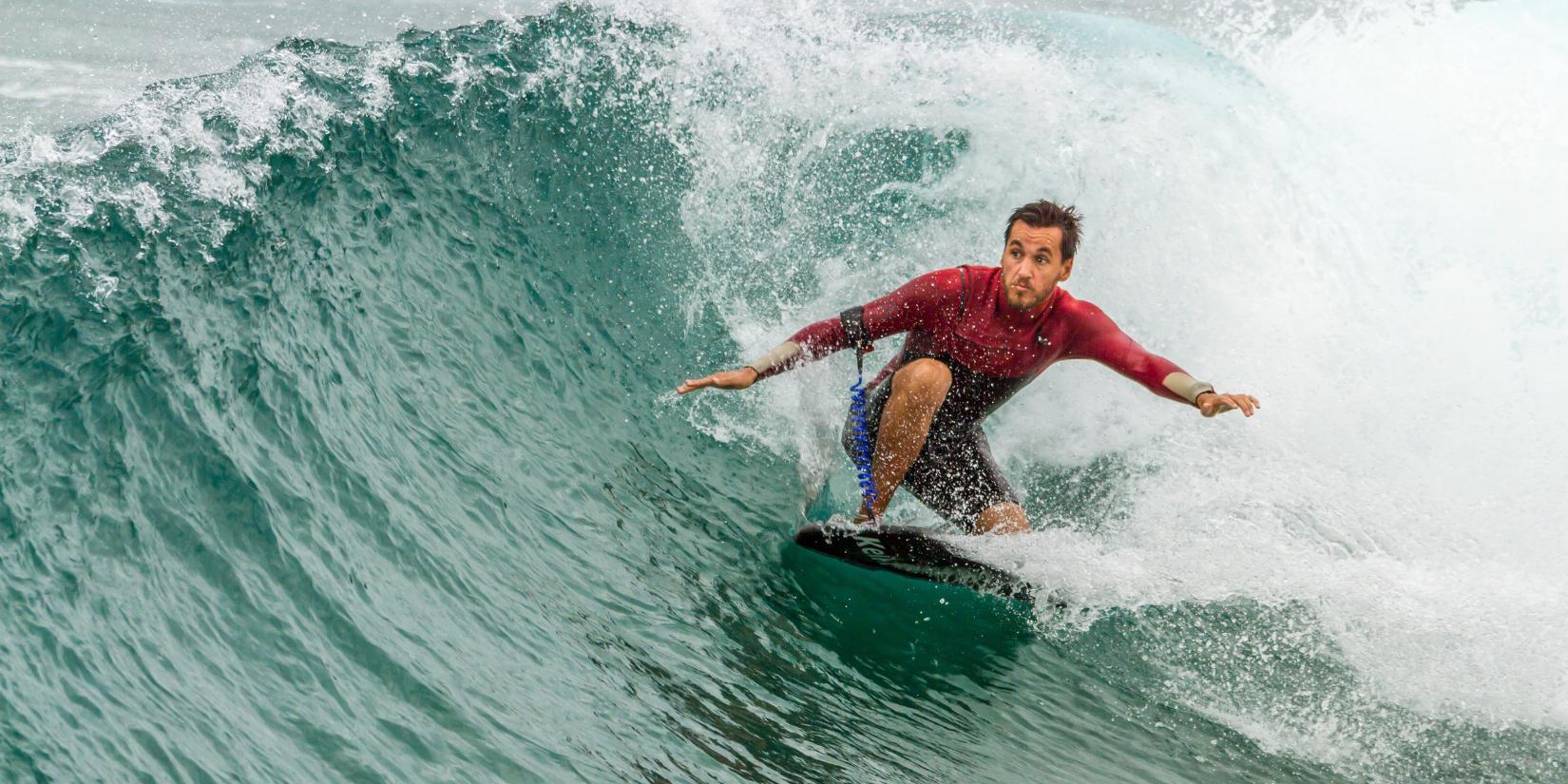
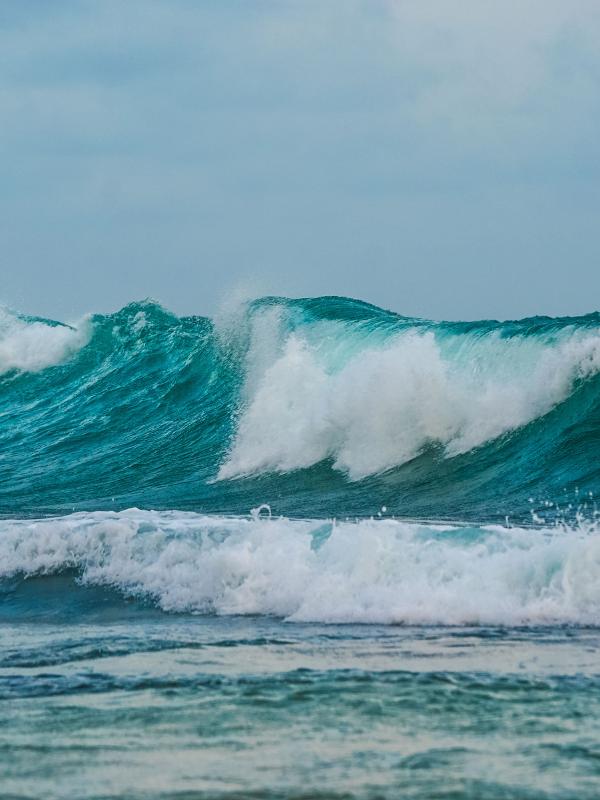
The Progressive Playground
Legian stands out as a top beginner spot, with mellow waves ideal for learning. The Padma Peak section has waist-high waves for mastering pop-ups. The southern zones offer bigger waves for those looking to improve. Local instructors say the best time to surf is in the mid-morning when the winds are calm.
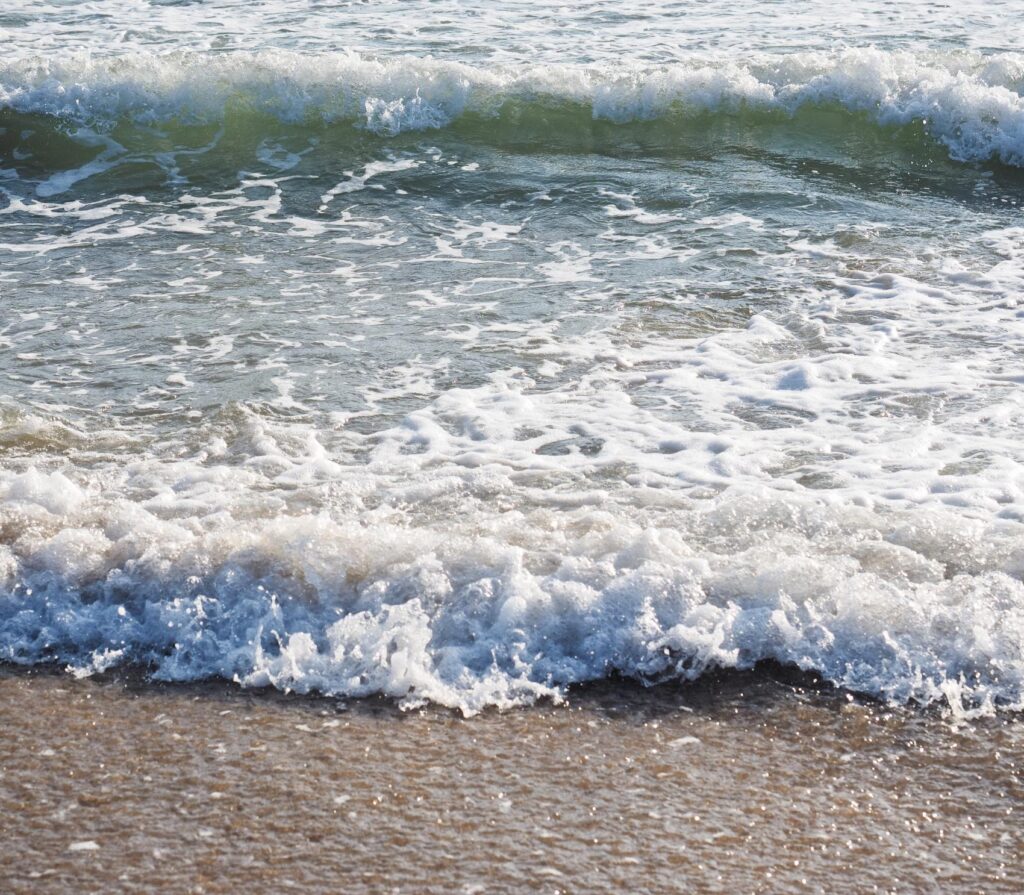
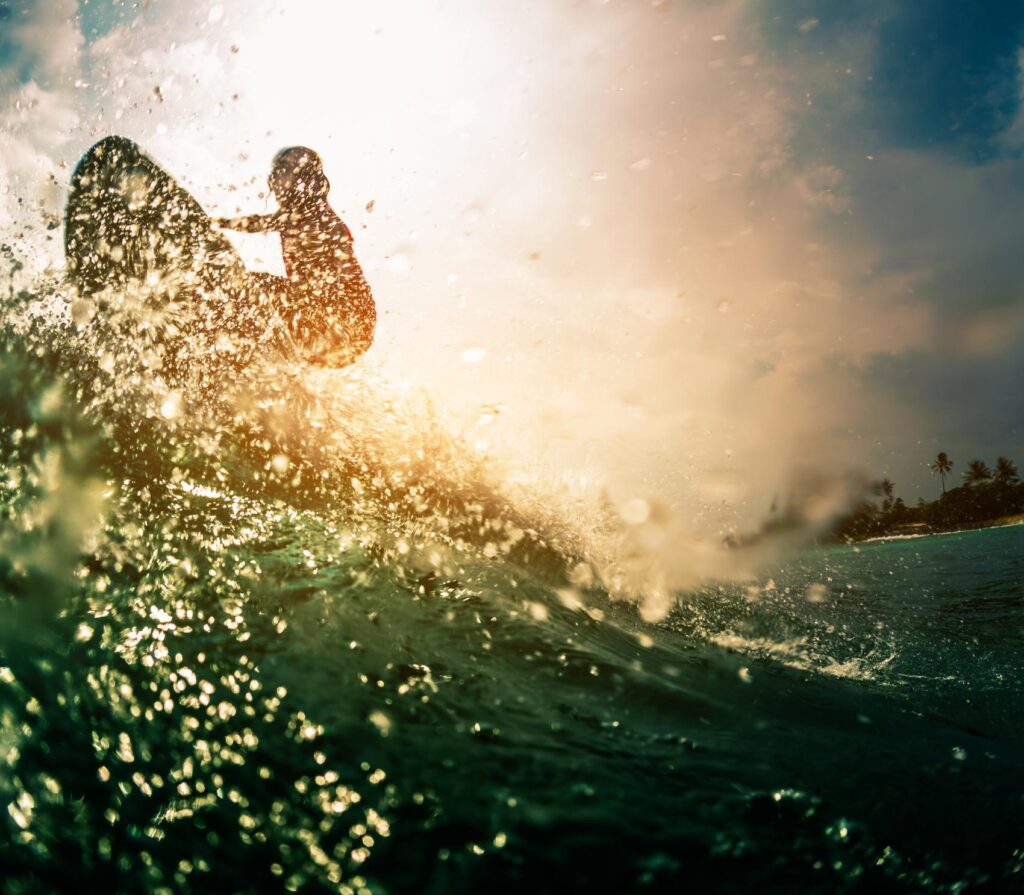
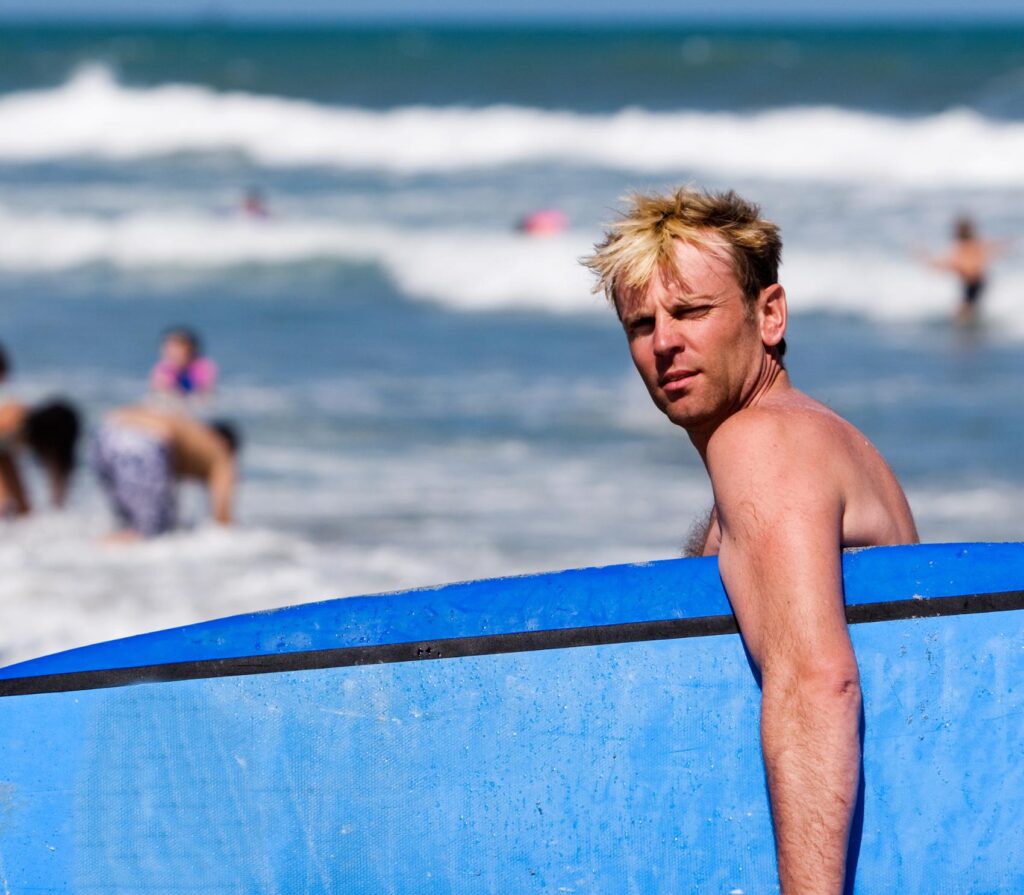
Beginner's Bootcamp
This 2km stretch is great for beginners. The sandy bottom and surf lesson packages (starting at $25/hour) make it ideal for learning.
Types of dives:
- Intermediate
- Advanced
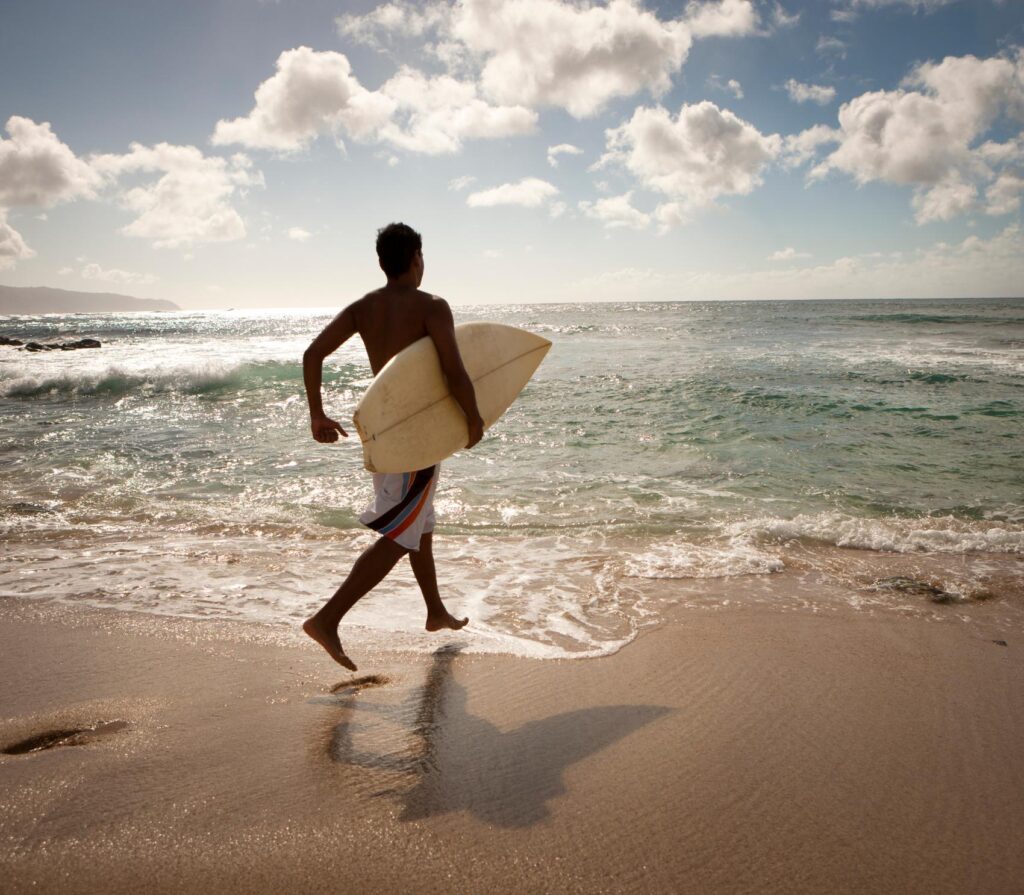
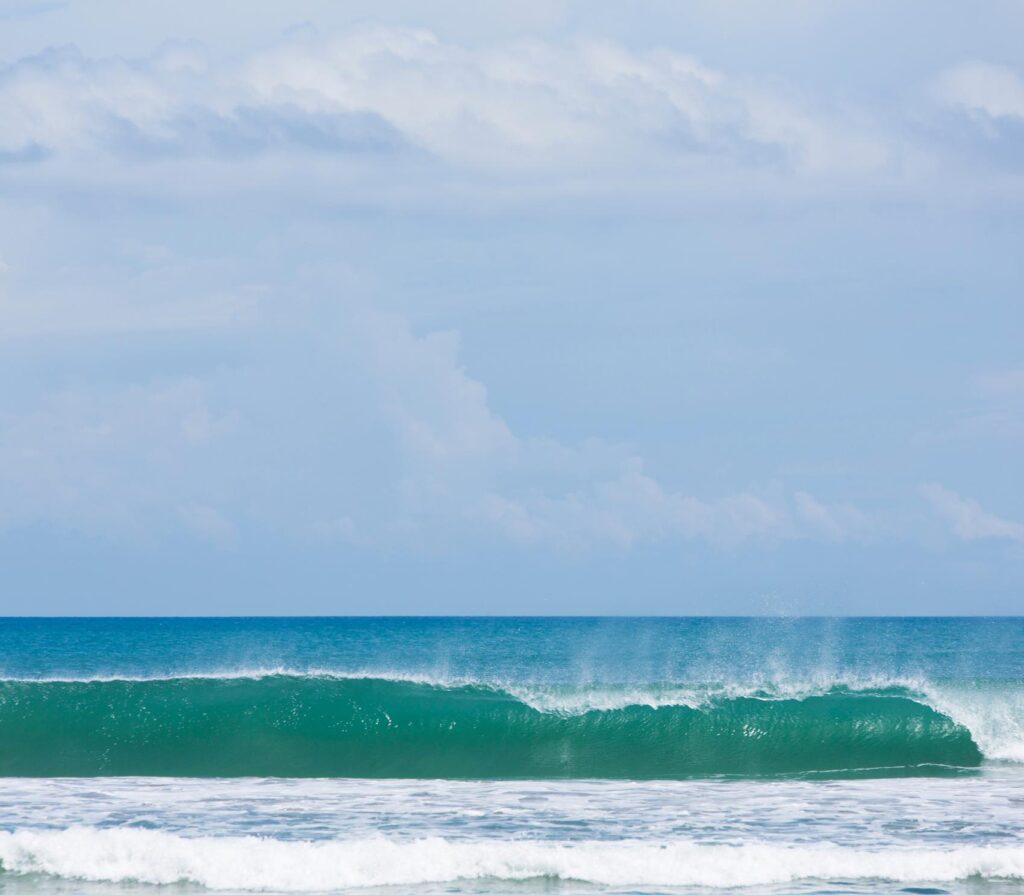
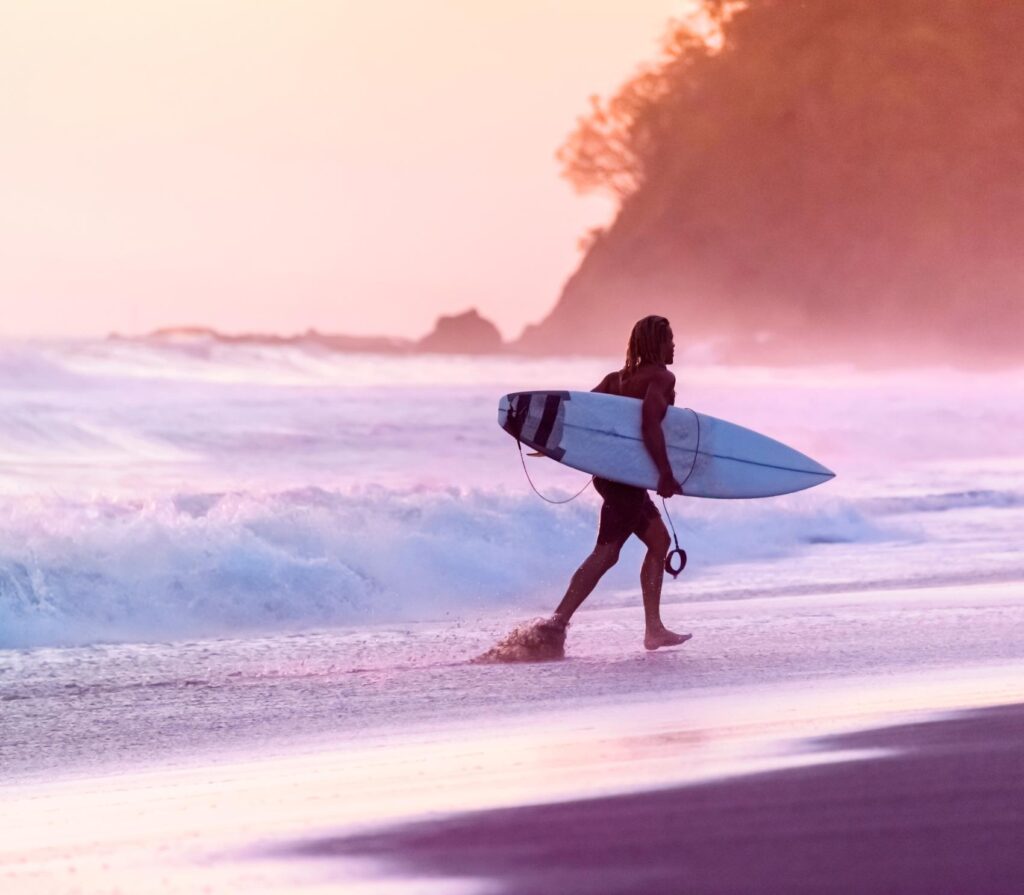
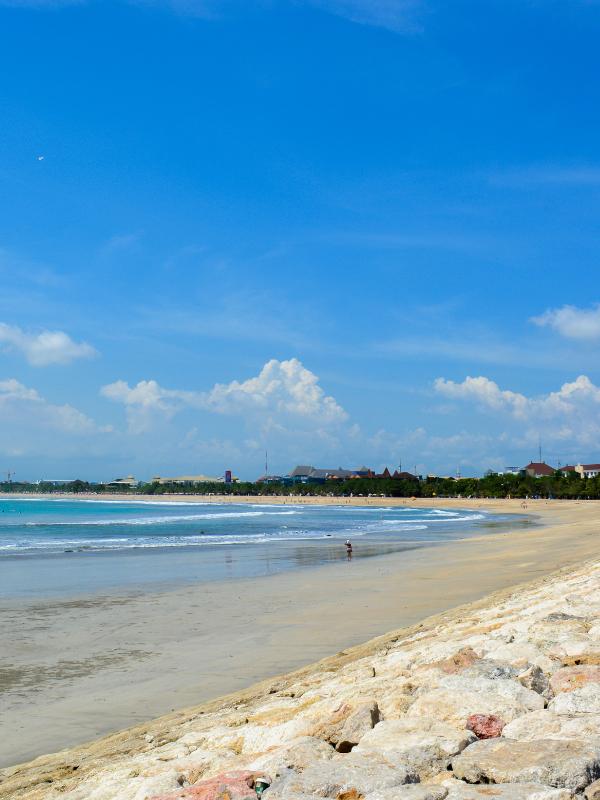
Intermediate Arena
For those ready to move on from foamies, Kuta Reef is the place to go. Surf during the rising tide to access the reef’s softer side. The sunset here is amazing, with dreamy right-handers that seem to go on forever.
Types of waves:
- Intermediate
- Advanced
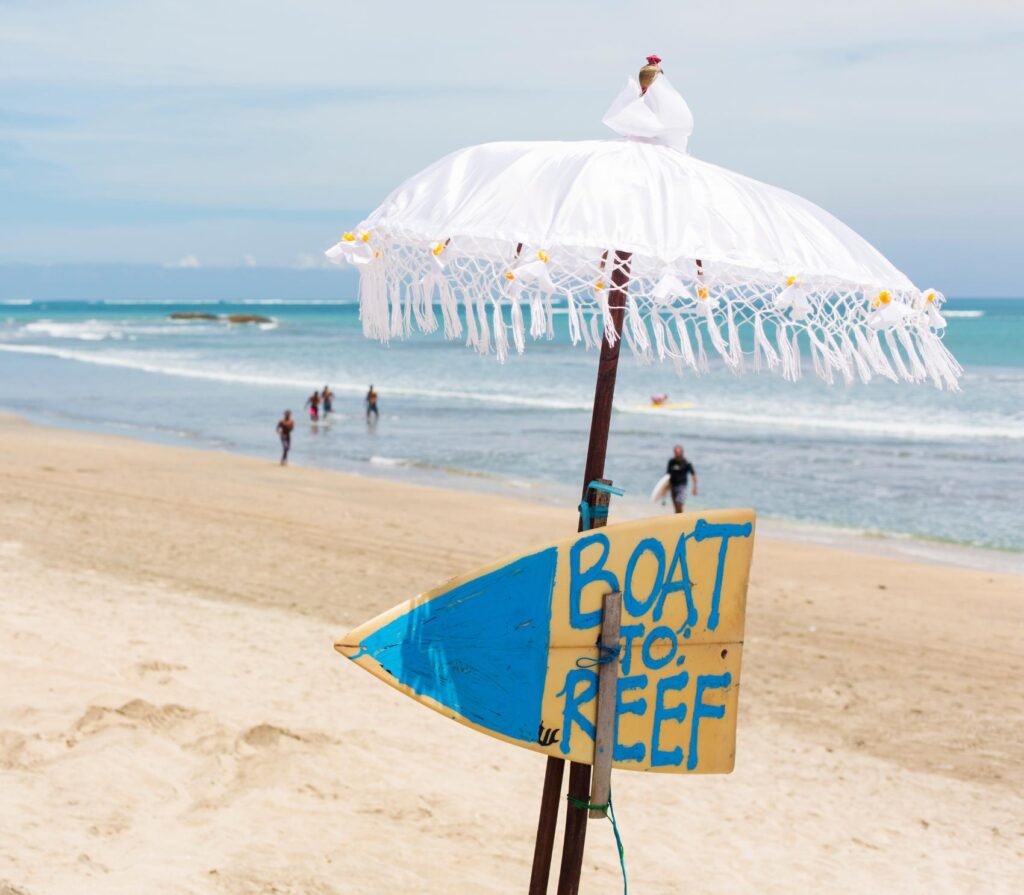


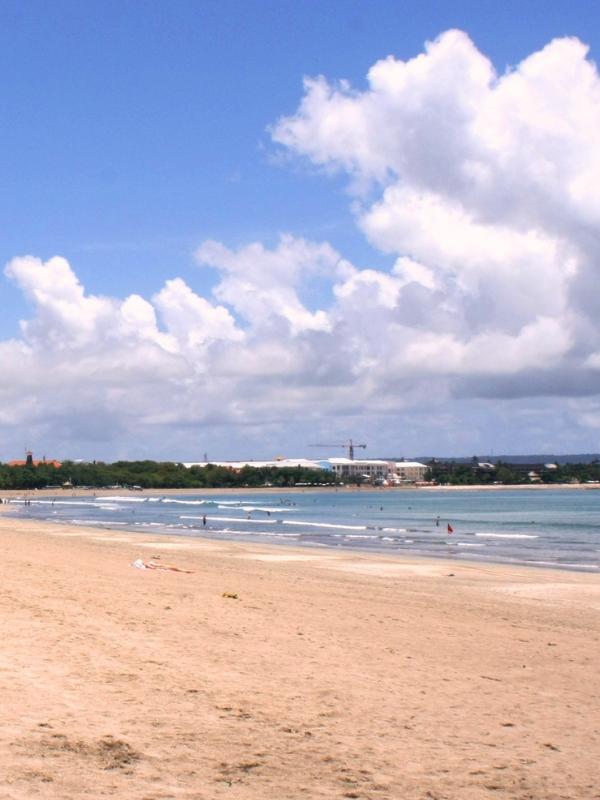
Surf Site
Because of its famous left-hand barrel, which is best ridden in mid-tide with southwest swells, Airport Lefts is a favorite among experienced surfers. It fills up by nine, so beat the crowd by paddling out before seven in the morning. Practice duck diving at Legian in the middle of the day, and schedule sunset Kuta Reef sessions with local guides. “Kuta Reef Inside taught me more in a week than months back home,” Marcus T. states.
Types of waves:
- Intermediate
- Advanced
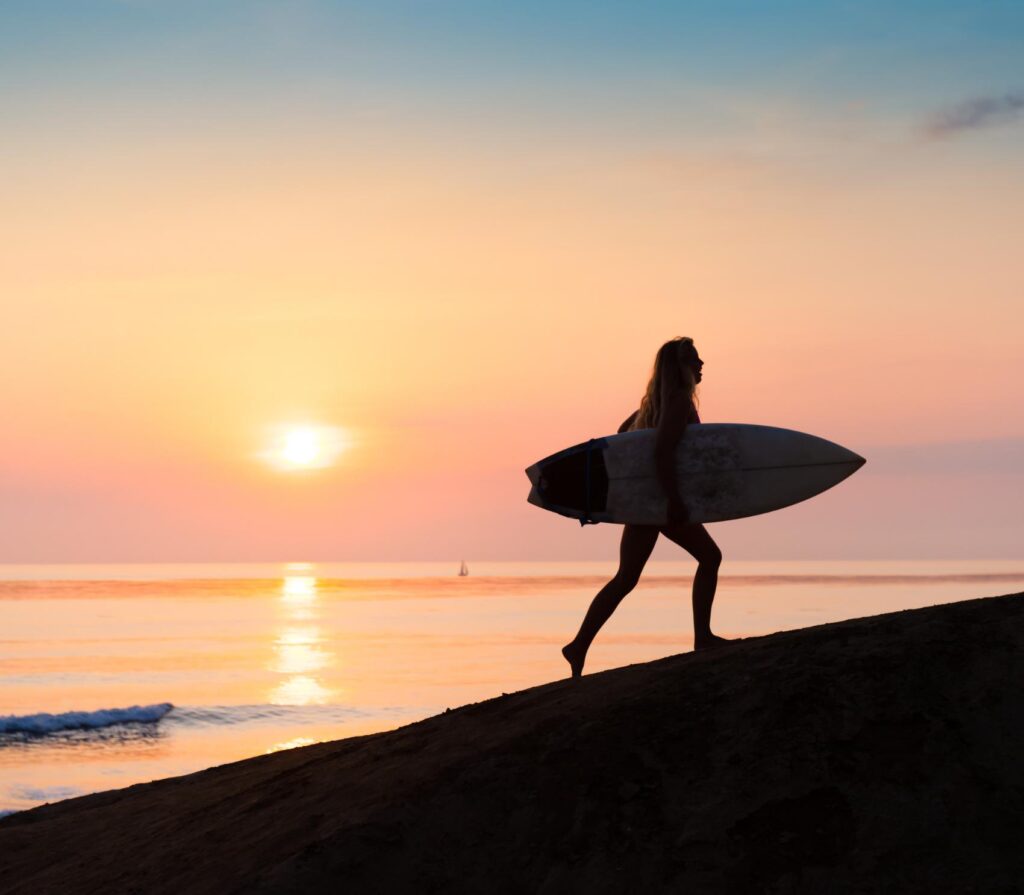
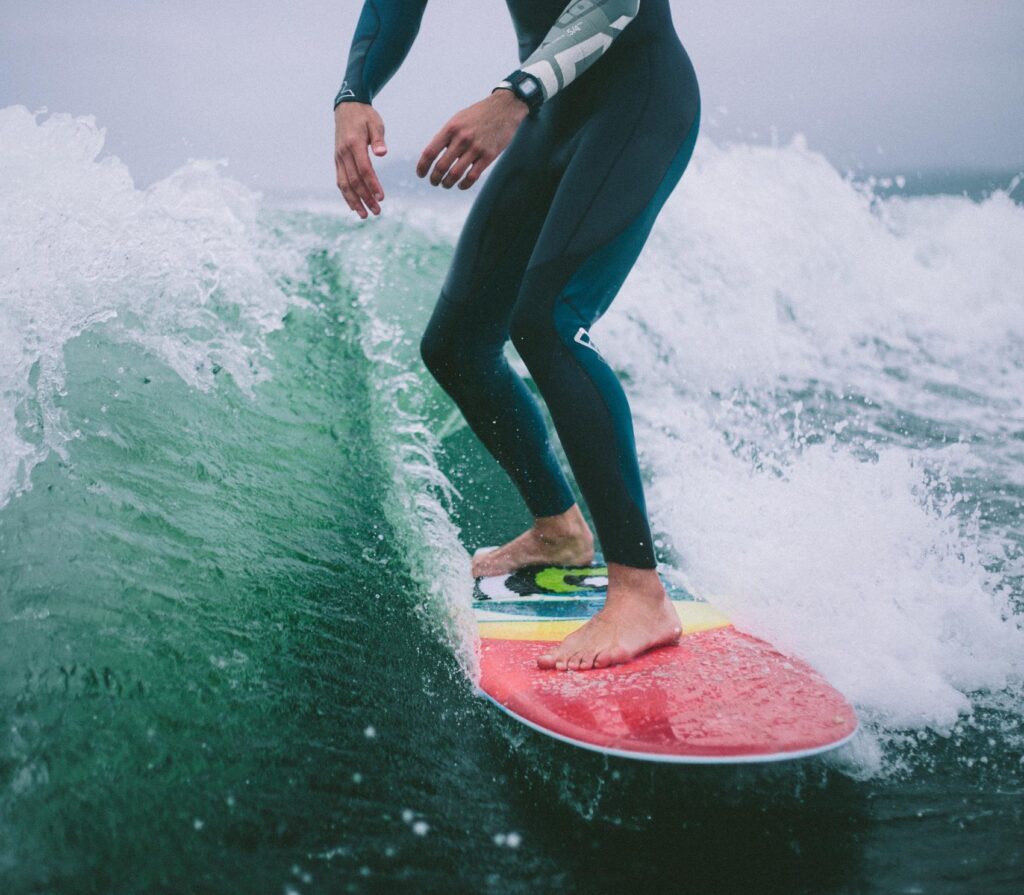
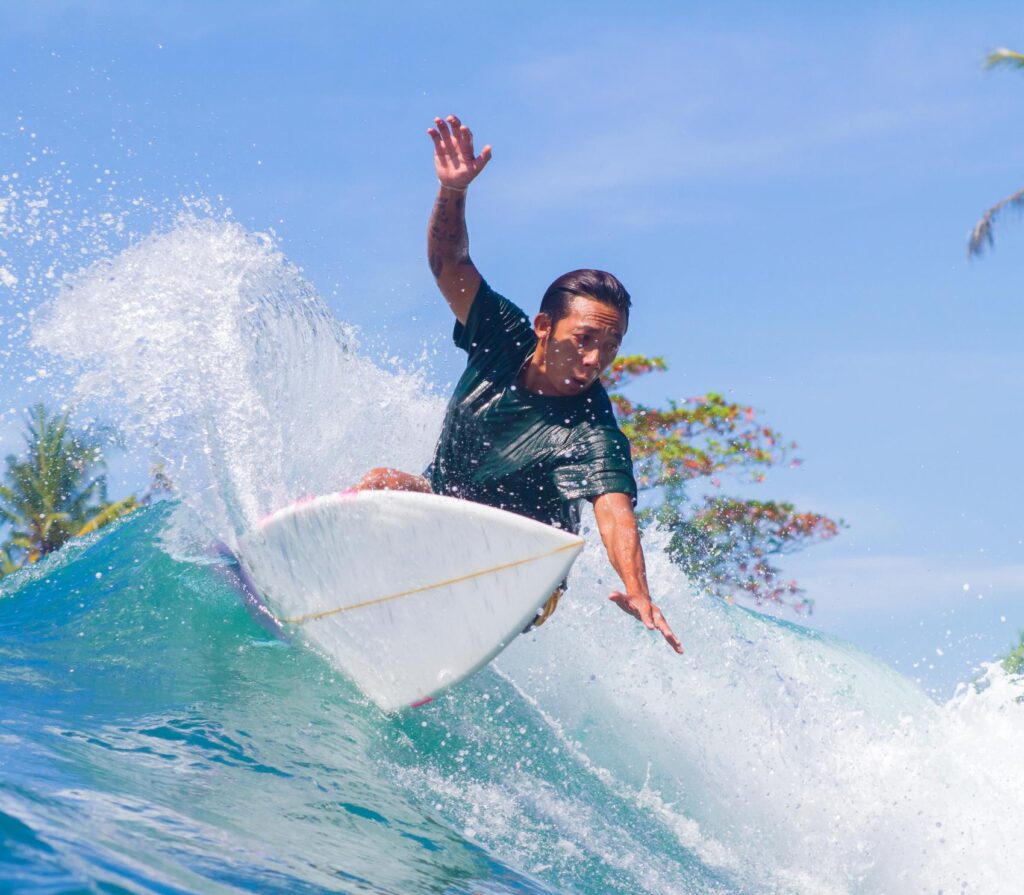
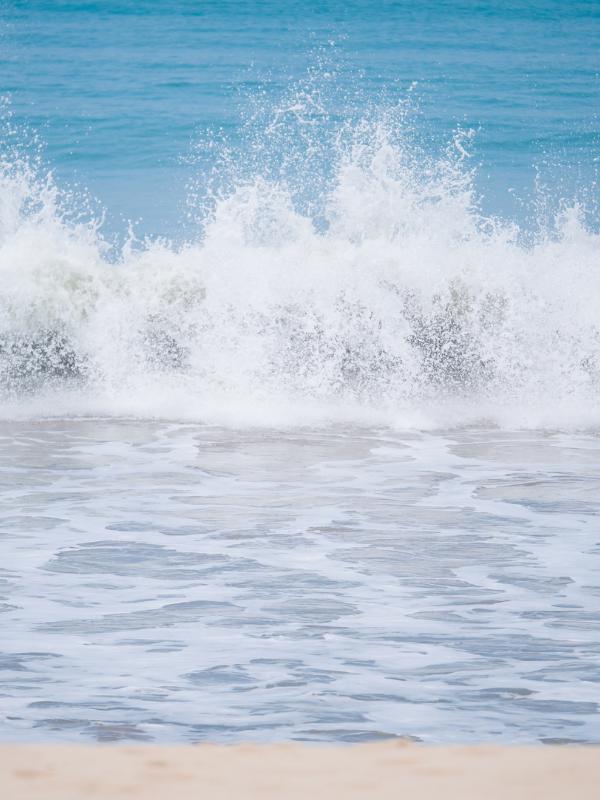
Reef breaks, family waves, and seafood sunsets
Jimbaran combines family-friendly ambiance with serene reef breaks. Beginners might enjoy Pantai Muaya, particularly during the mild swells in December. For experienced surfers, nearby Airport Rights offers long, hollow rides. Even when other locations blow out, the bay’s natural protection provides clear waves. Shallow seas, beach massages, and seafood dinners at sunset are all popular with families. For optimal conditions, steer clear of rocky entry sites and surf around tidal shifts.
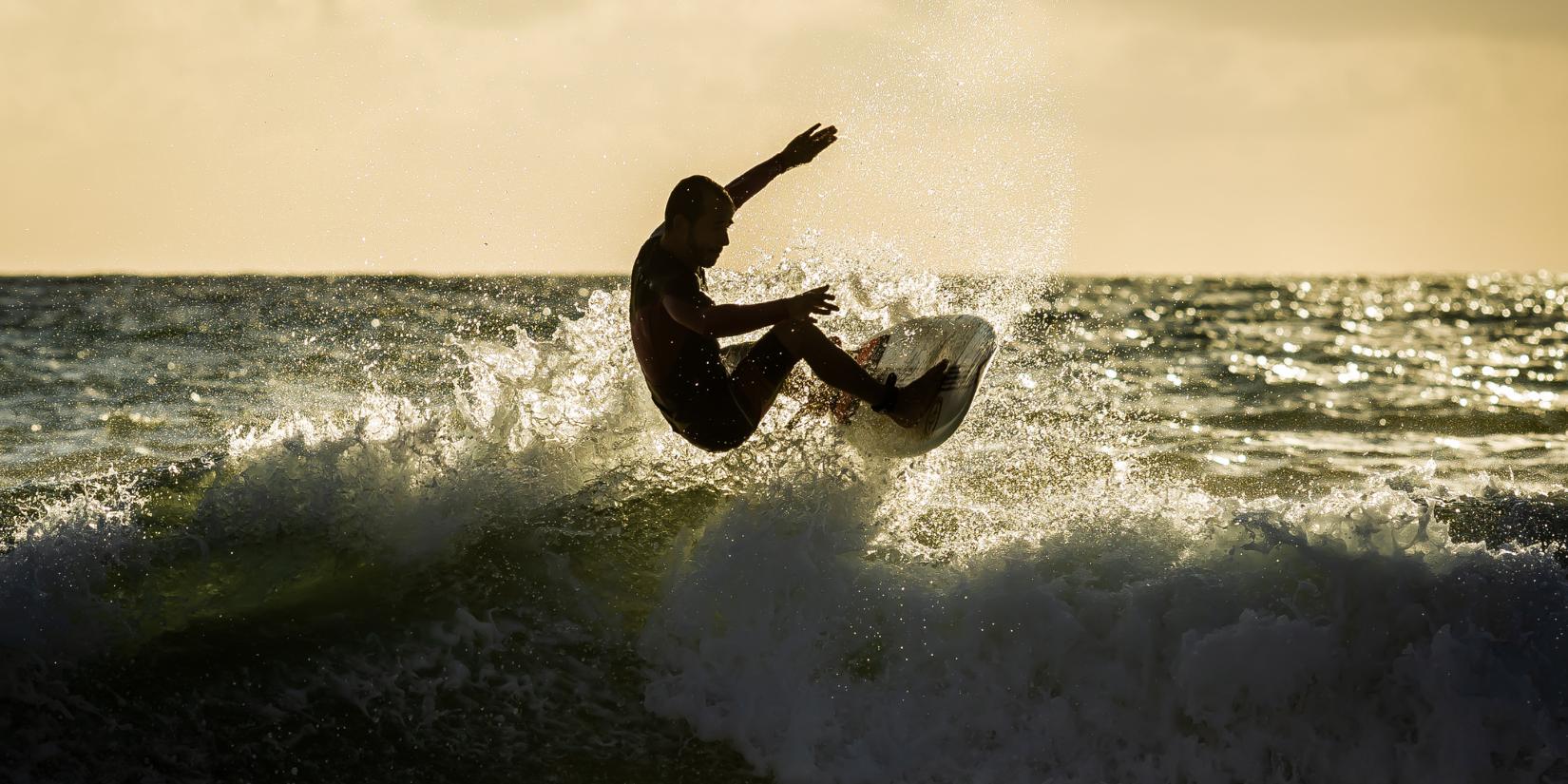
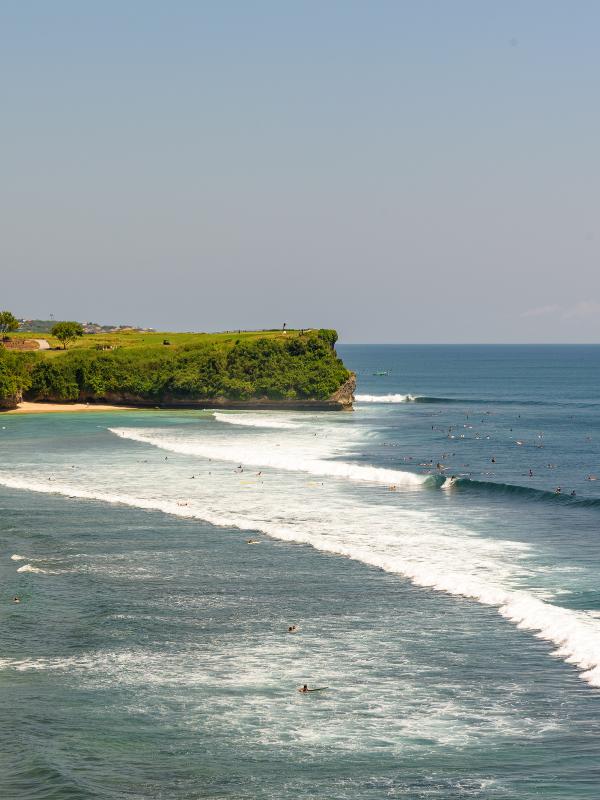
Surf Site
During large swells, especially in December when crowds increase but waves remain tiny, Pantai Muaya offers calm waves that are perfect for novices. For a more difficult task, Airport Rights offers 300-meter barrels that are best surfed with 4–8 foot west swells in the middle of the tide. With its shallow kid-friendly sections, beachside treatments, and grilled seafood, Jimbaran is a great place for families. For gentler waves and safer rocks, surf two hours before high tide, especially during the dry season.
Types of waves:
- Beginner
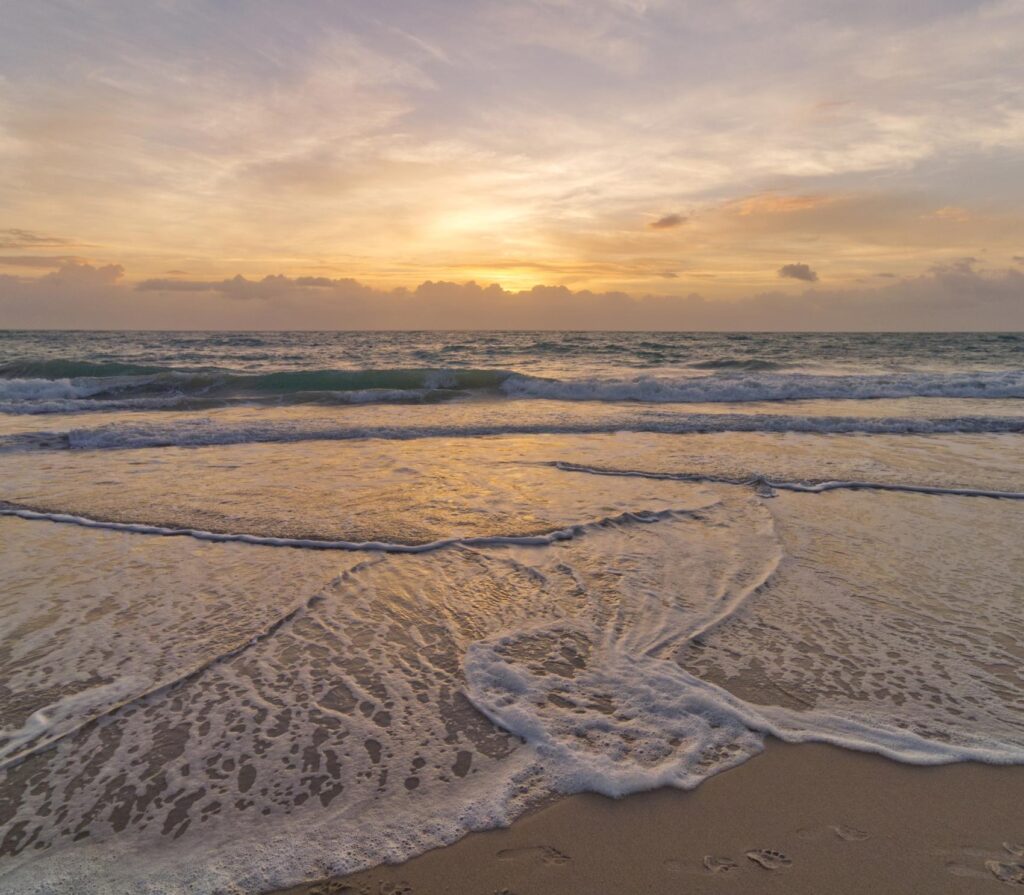


Secluded and steep, Green Bowl challenges the bold
Bali’s emerald behemoth, Ungasan’s Green Bowls, is secluded, unpolished, and only open to the elite. Strong currents and 3- to 6-foot swells reward skillful timing and paddle power. Ideal conditions for surfing include mild offshore breezes, mid-to-high tide, and southwest swell. There are 200 cliffside steps leading up to it. Respect the break and remember to pack water and reef booties. It is powerful, far away, and unforgettable.

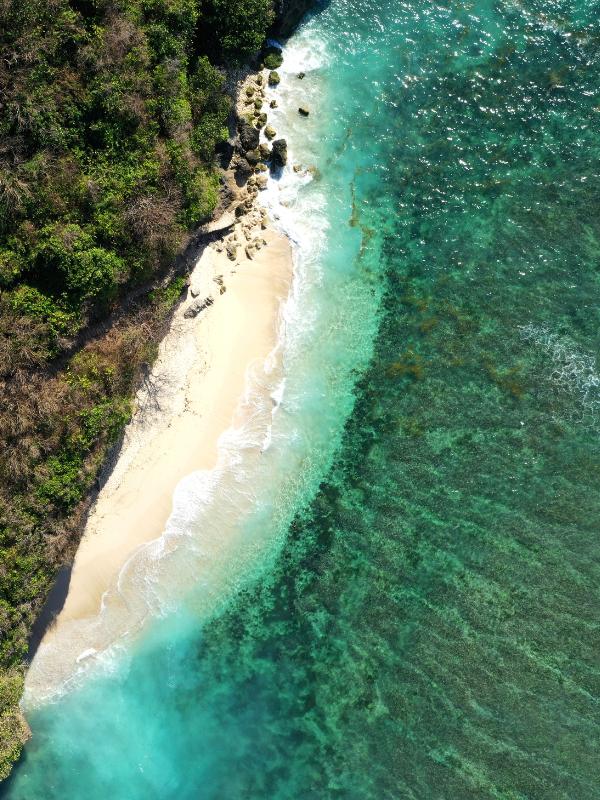
Bali's Emerald Powerhouse
For intermediate surfers on light days and experts on strong days, Green Bowls is a strong, remote Bali surf break that changes with the swell. The best conditions for surfing are mid- to high-tide, offshore winds, and 3–6-foot southwest swells. Bring sneakers and drink because access involves descending 200 steep steps. Local direction is essential due to low crowds and strong currents. Enjoy this wonderful, unadulterated trip, paddle hard, and remain vigilant.
Types of waves:
- Intermediate
- Advanced
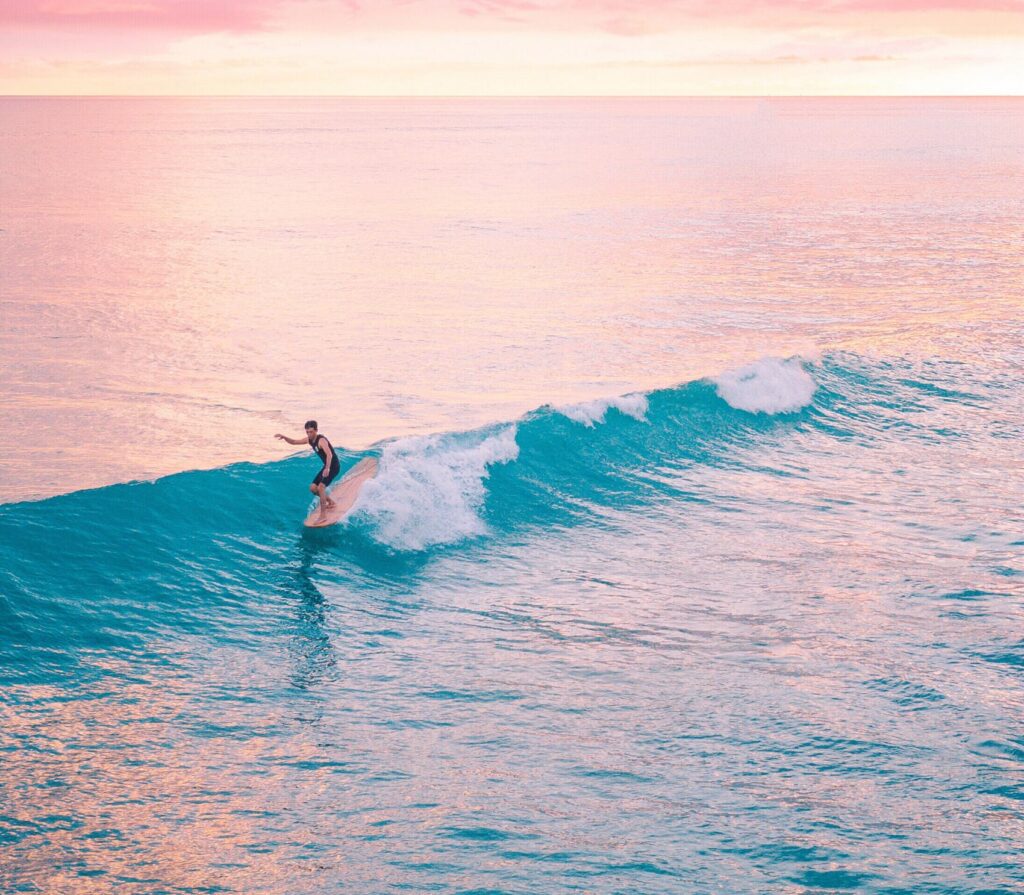
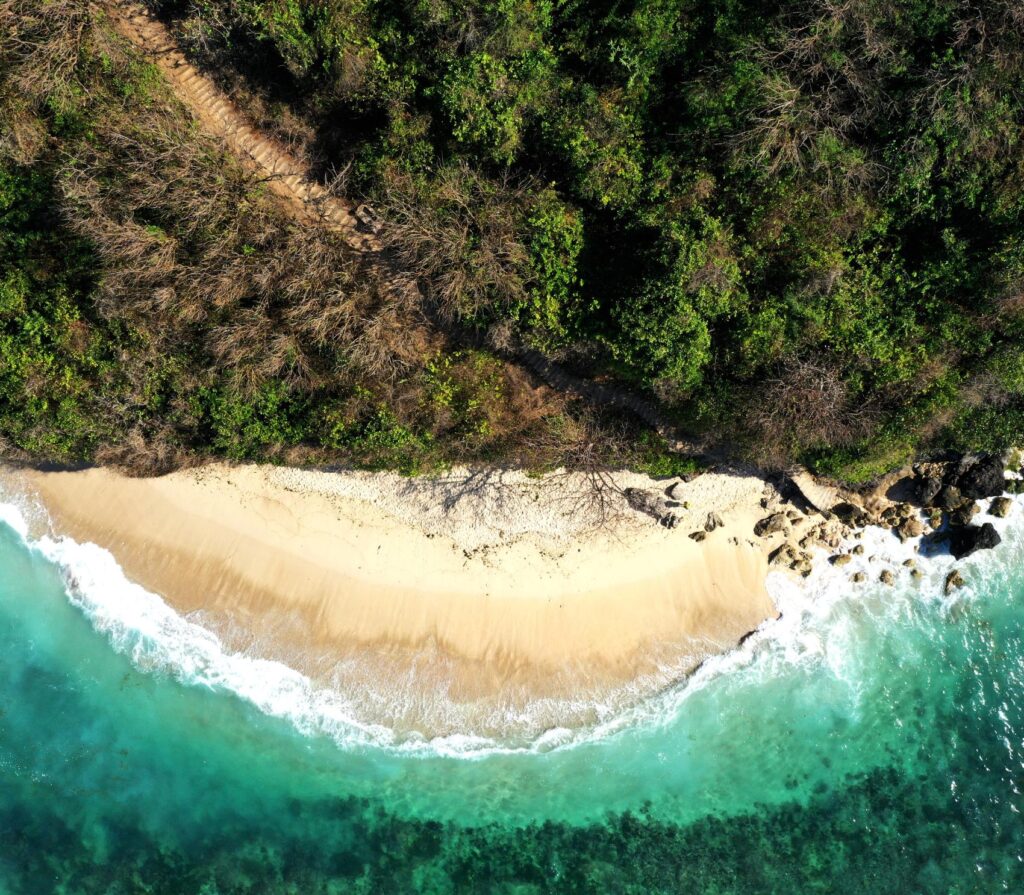

Luxury meets reef perfection on Bali’s east-facing coast
Nusa Dua combines reef-heavy surf with five-star luxury. The star is Geger Right, who is quick, skilled, and reserved for experienced riders. A boat, good paddling, and shark awareness are necessary for access. Sri Lanka’s lefts are ideal for intermediates and longboarders who want something softer. East breezes are ideal for surfing at mid-tide. To avoid the resort crowds and see the morning glass, reserve a dawn charter.
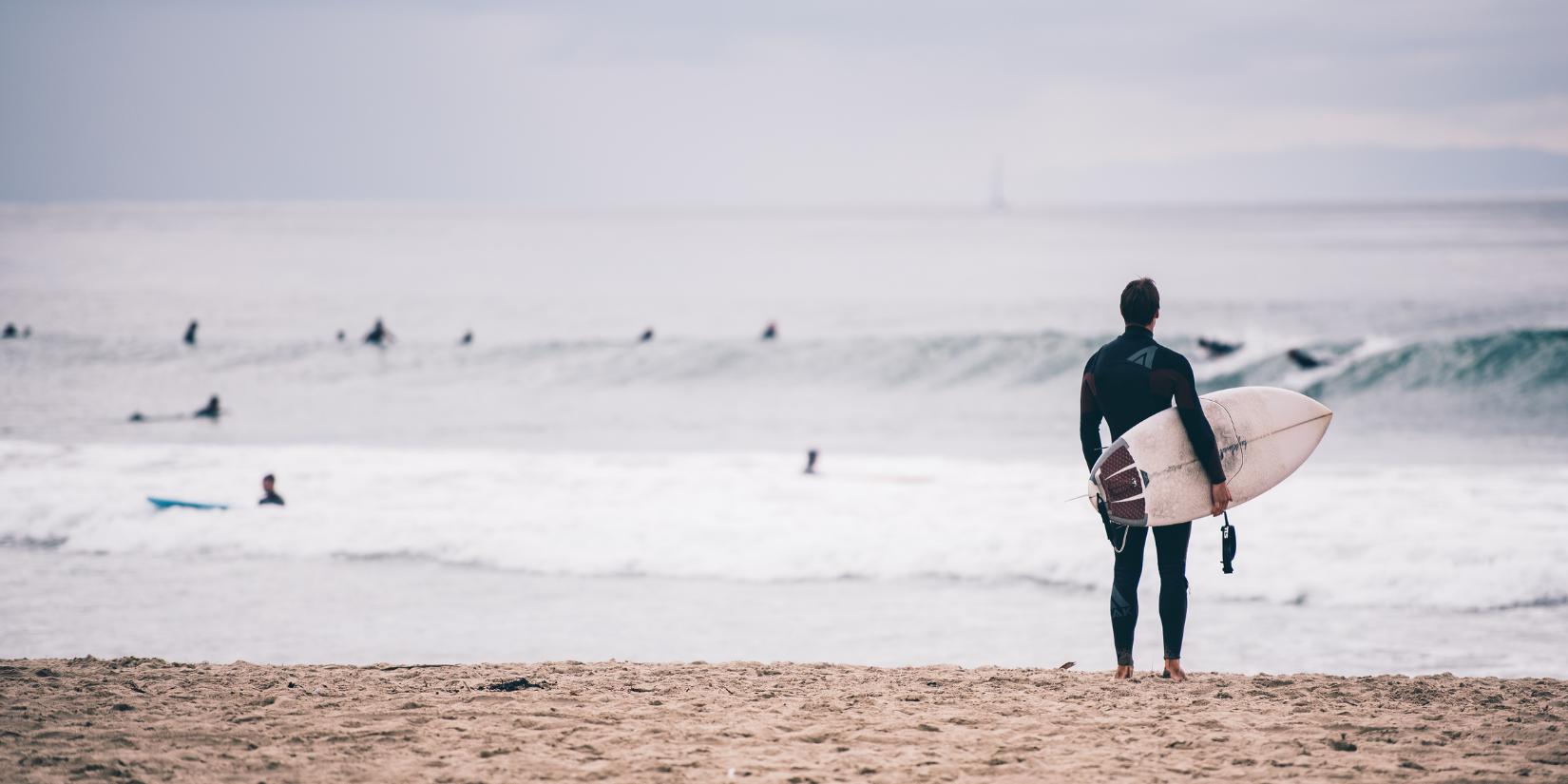

Surf Site
The finest place to surf in Nusa Dua is Geger Right, which delivers quick rides from June to September but requires ability because of the strong currents, boat access, and sporadic tiger shark sightings. Beginners prefer the smaller waves in December. Join Bali PADI Dive & Surf Centers for safety and direction. They offer boat transportation, safety briefings, and local knowledge to guarantee an exciting but safe experience in these strong waters.



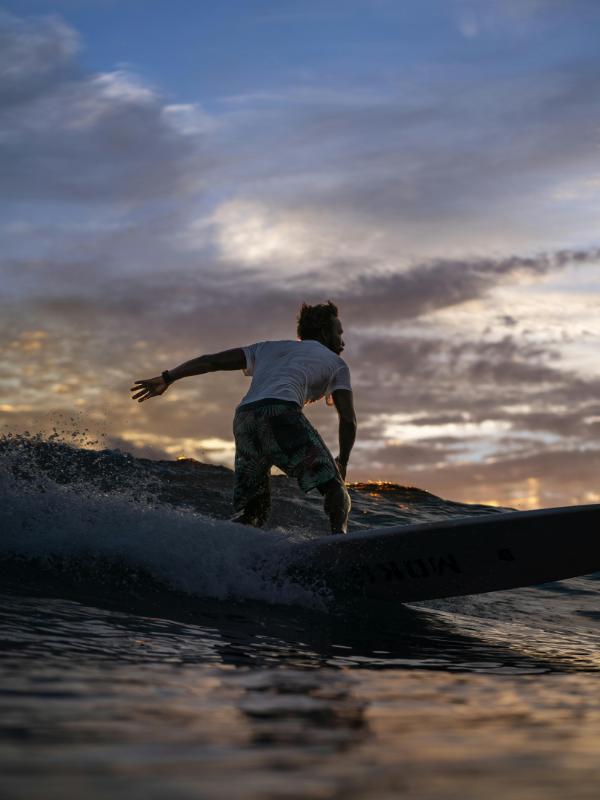
Surf Site
For surfers looking for waves that are quieter, Sri Lanka is a hidden gem in Bali. For intermediates honing cutbacks, longboarders seeking smooth walls, and tourists avoiding resort crowds, this left-hand reef break is perfect on medium tides with east breezes. To surf before 7 AM, reserve a dawn boat charter. Glassy conditions and serene rides are available during early sessions, when only local fisherman are present from their boats.
Types of waves:
- Intermediate
- Advanced
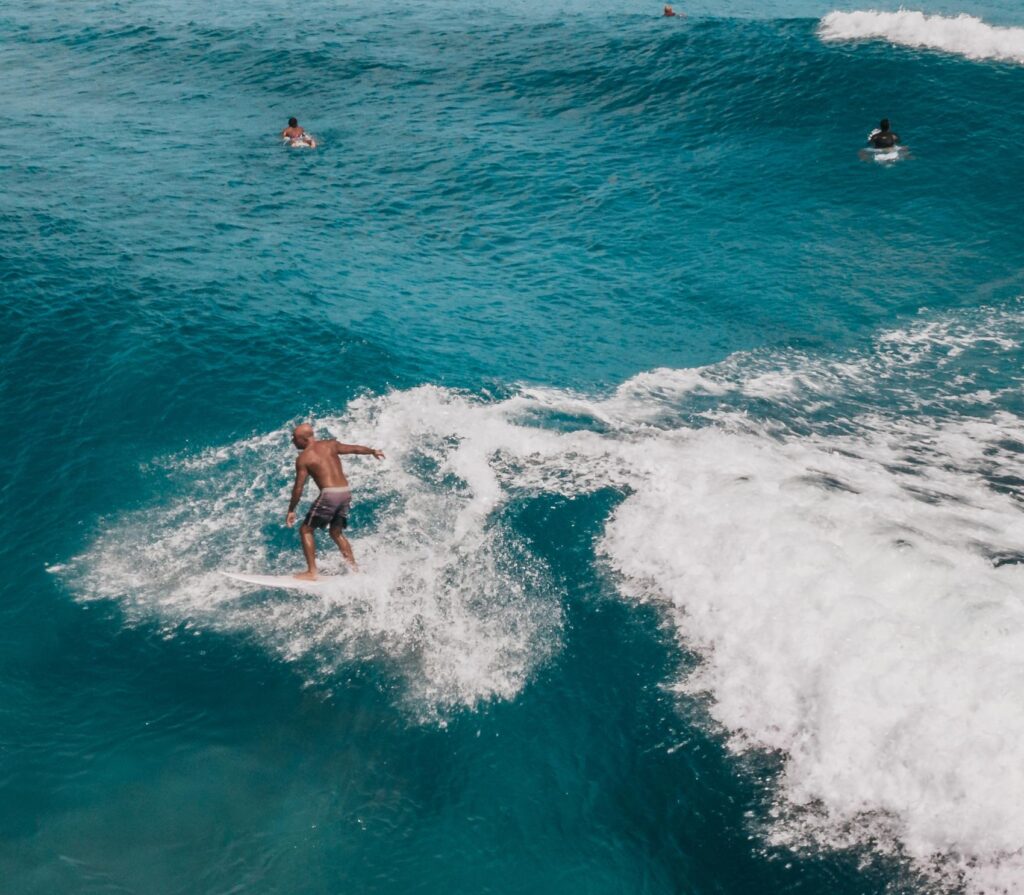
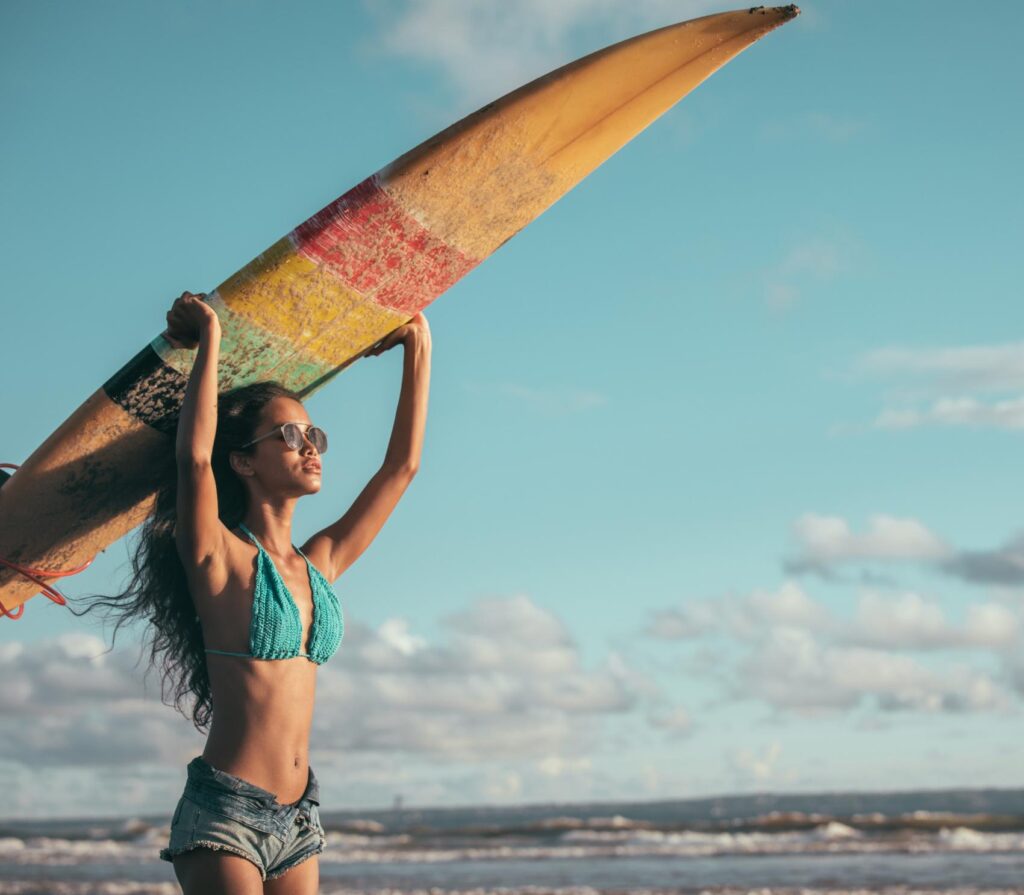
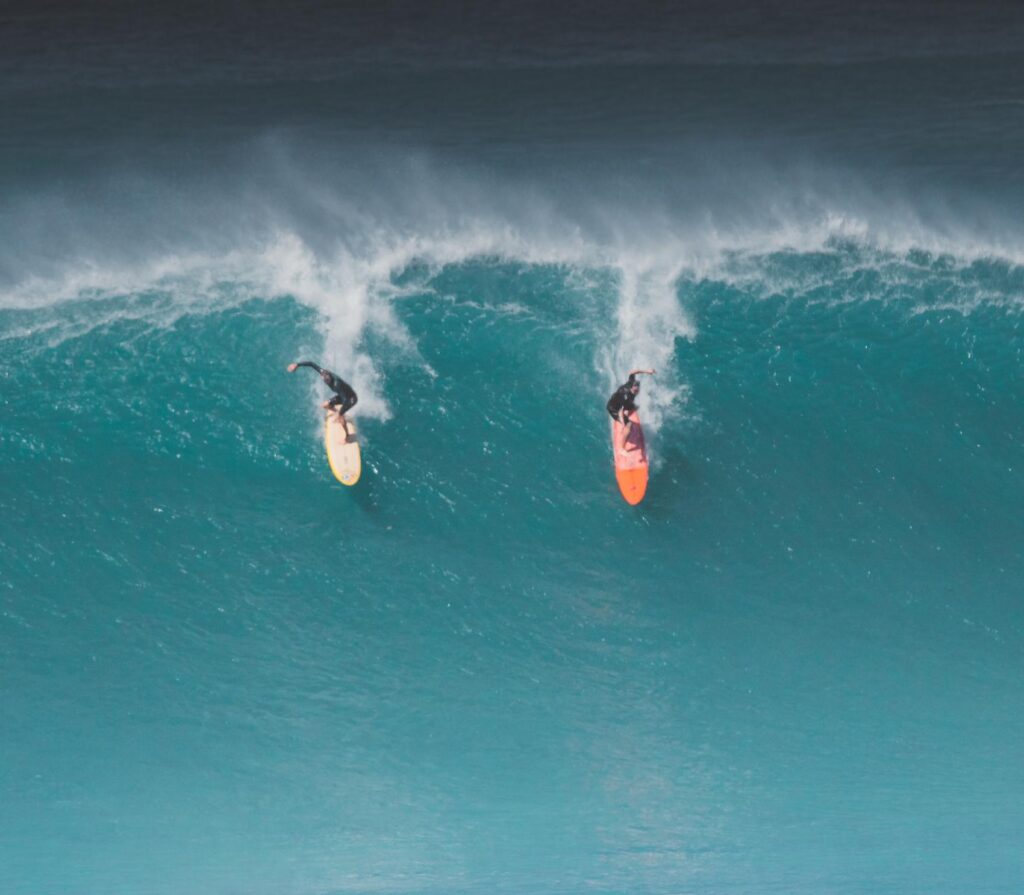
Gentle reefs, turtle gardens, and surf schools that care
Bali’s emerald behemoth, Ungasan’s Green Bowls, is secluded, unpolished, and only open to the elite. Strong currents and 3- to 6-foot swells reward skillful timing and paddle power. Ideal conditions for surfing include mild offshore breezes, mid-to-high tide, and southwest swell. There are 200 cliffside steps leading up to it. Respect the break and remember to pack water and reef booties. It is powerful, far away, and unforgettable.

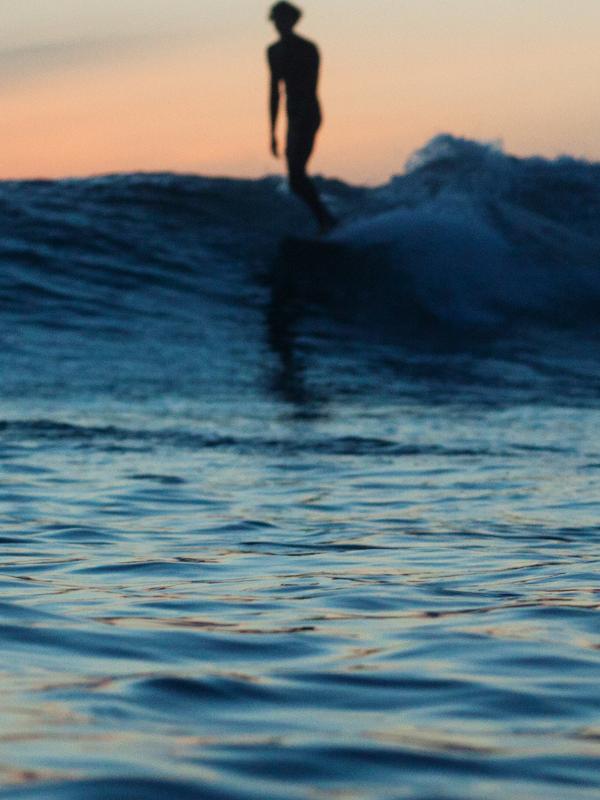
Surf Spot
The left-hand reef break at Serangan is best at mid-tide. It offers smooth rides over a shallow rock shelf. Intermediate surfers love it for its reliability. Nearby, coral gardens are home to hawksbill turtles all year. Learning to surf in Bali at Serangan means eco-friendly lessons. Schools use soft-top boards to protect the reef. They teach about tidal patterns and turtle nesting seasons. Surfers leave with better skills and a love for Bali’s coast.
Types of waves:
- Beginner
- Intermediate
- Advanced
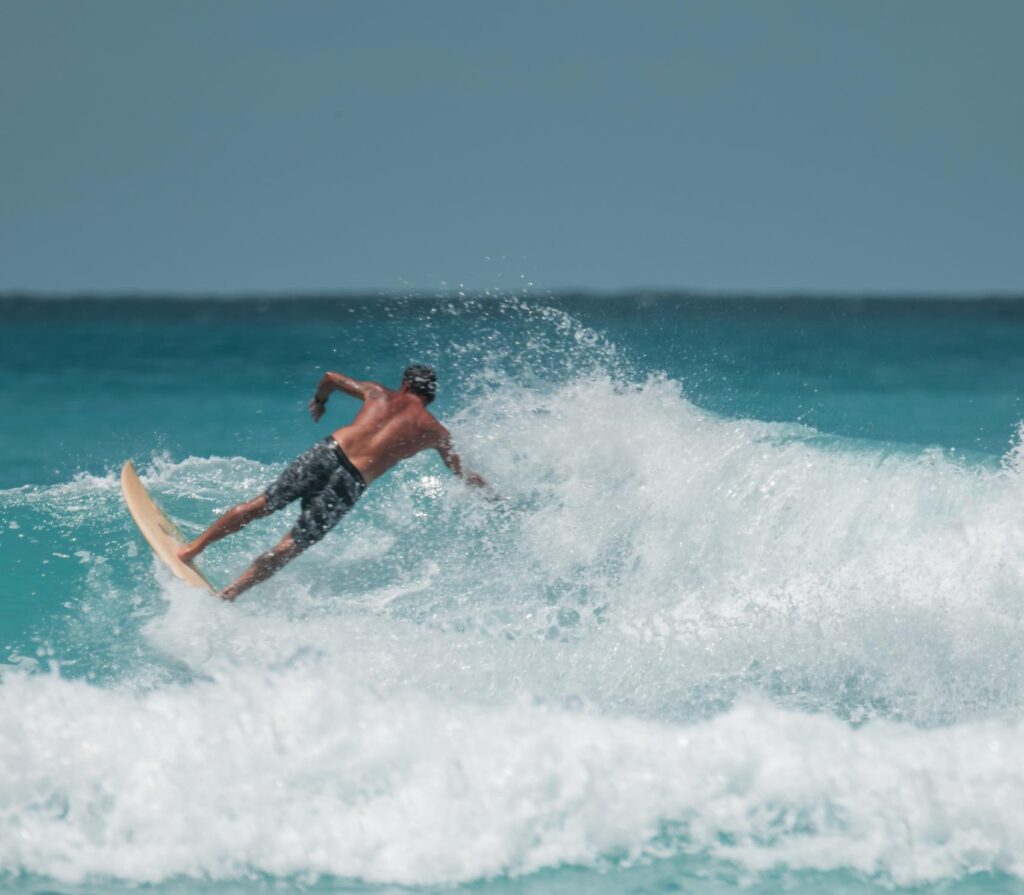

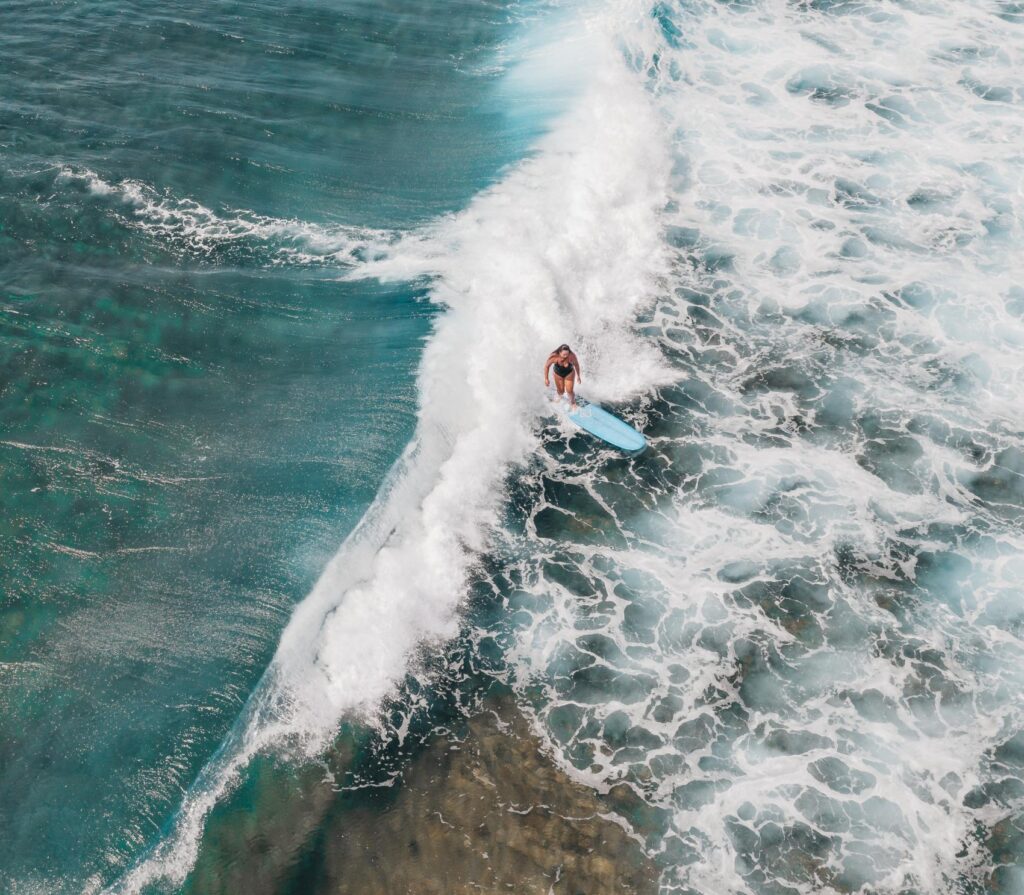
East coast rhythm, soft peaks and glassy reef rides
Despite its peaceful location on Bali’s east coast, Sanur’s surf speaks louder than words. This 5-kilometer stretch is perfect for all skill levels since it blends tough reefs with gentle sandy beaches. Tanjung Sari offers gentle, beginner-friendly peaks, while Hyatt Reef offers rhythmic right-handers on mid-high tides. For intermediates seeking tighter carves, Sanur Reef raises the ante. A local tip? For the smoothest waves, schedule your workouts with the tides.
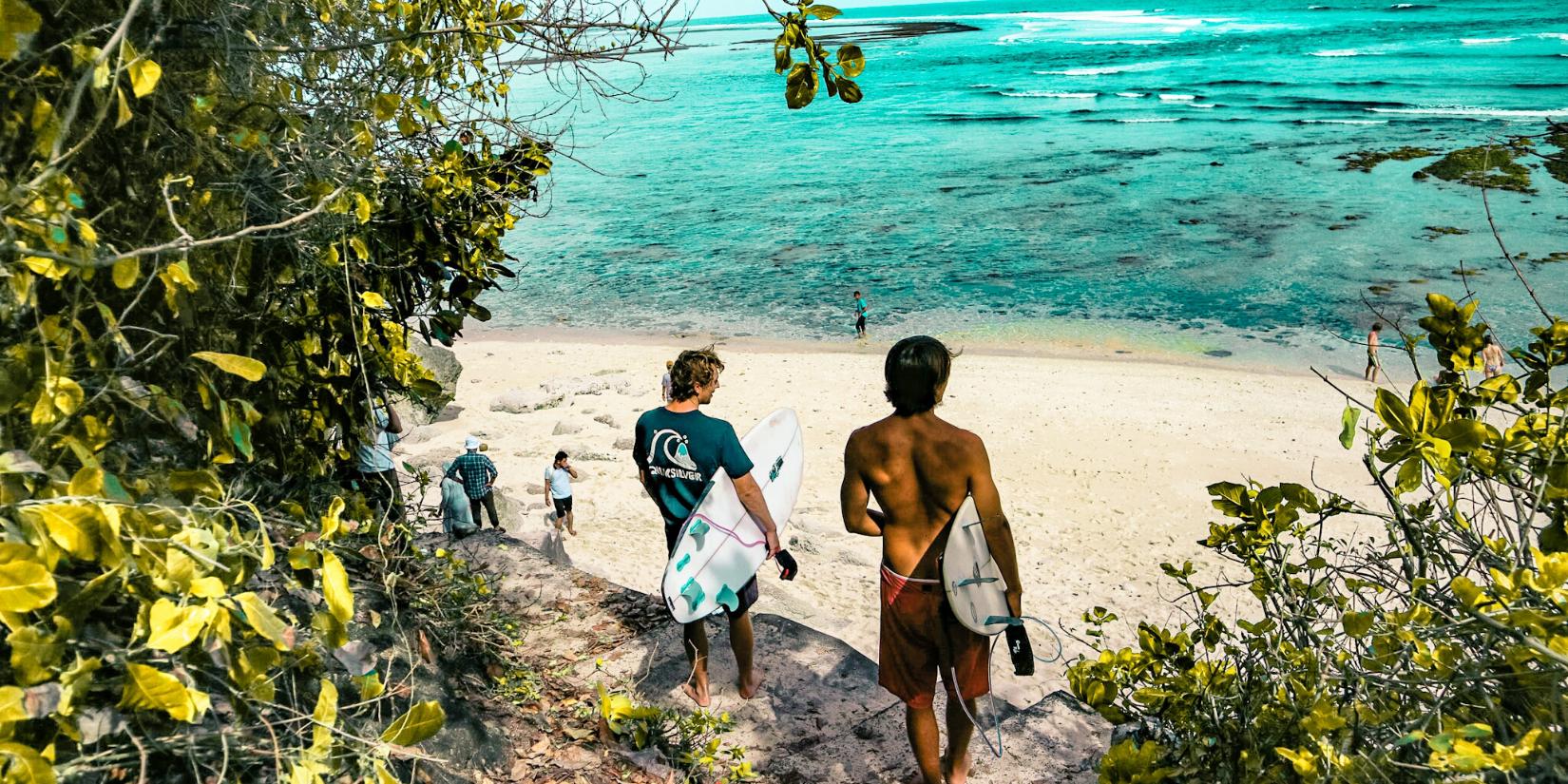
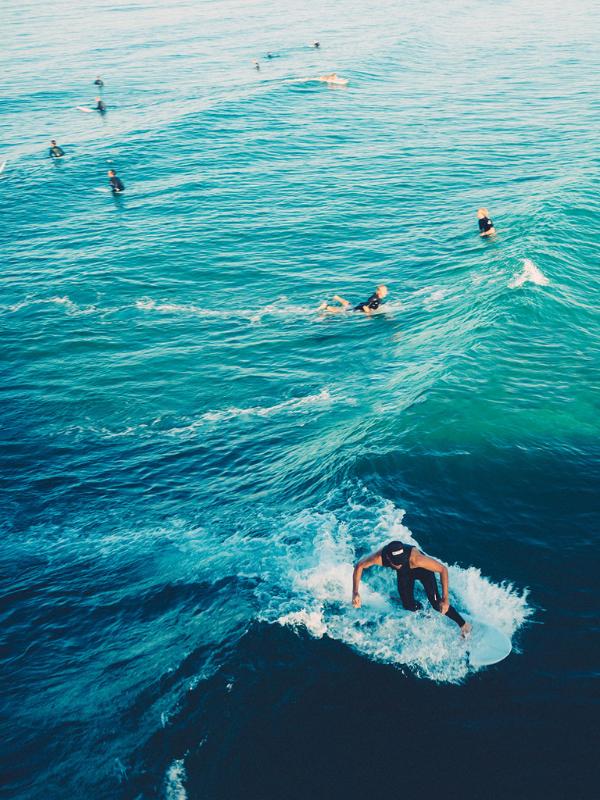
The Right-Hander Rhythm
Types of waves:
- Beginner
- Intermediate
- Advanced
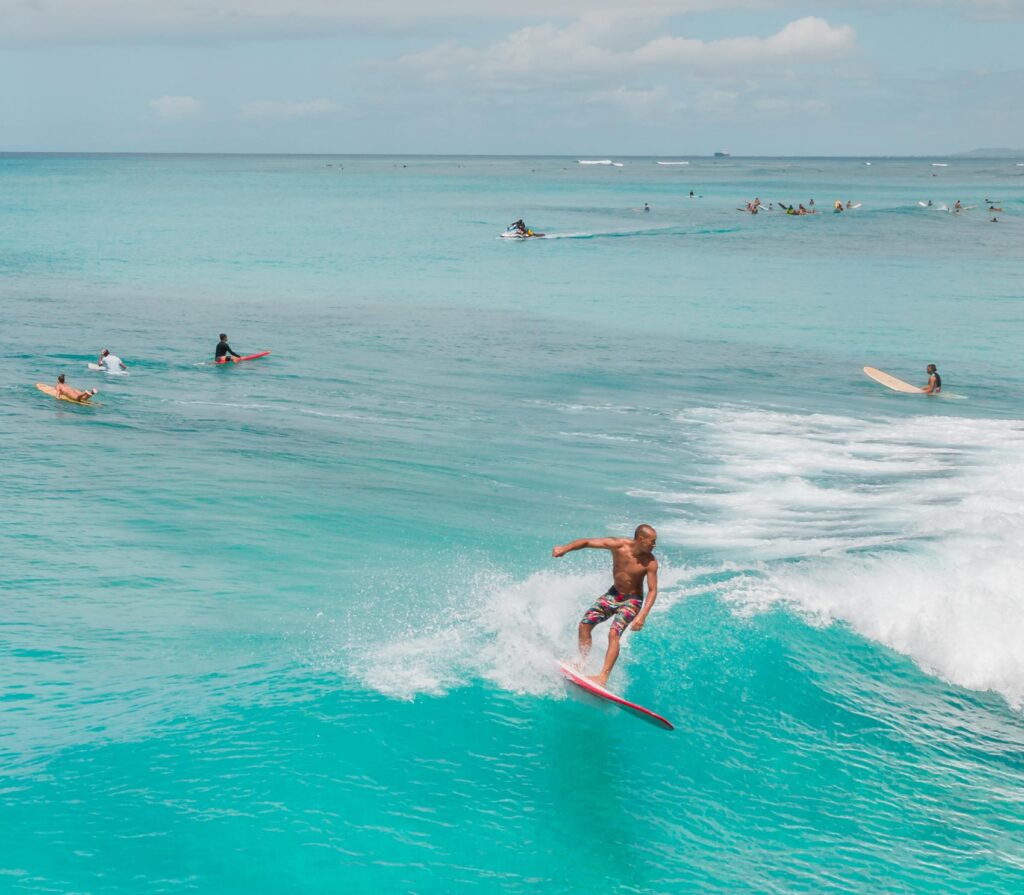
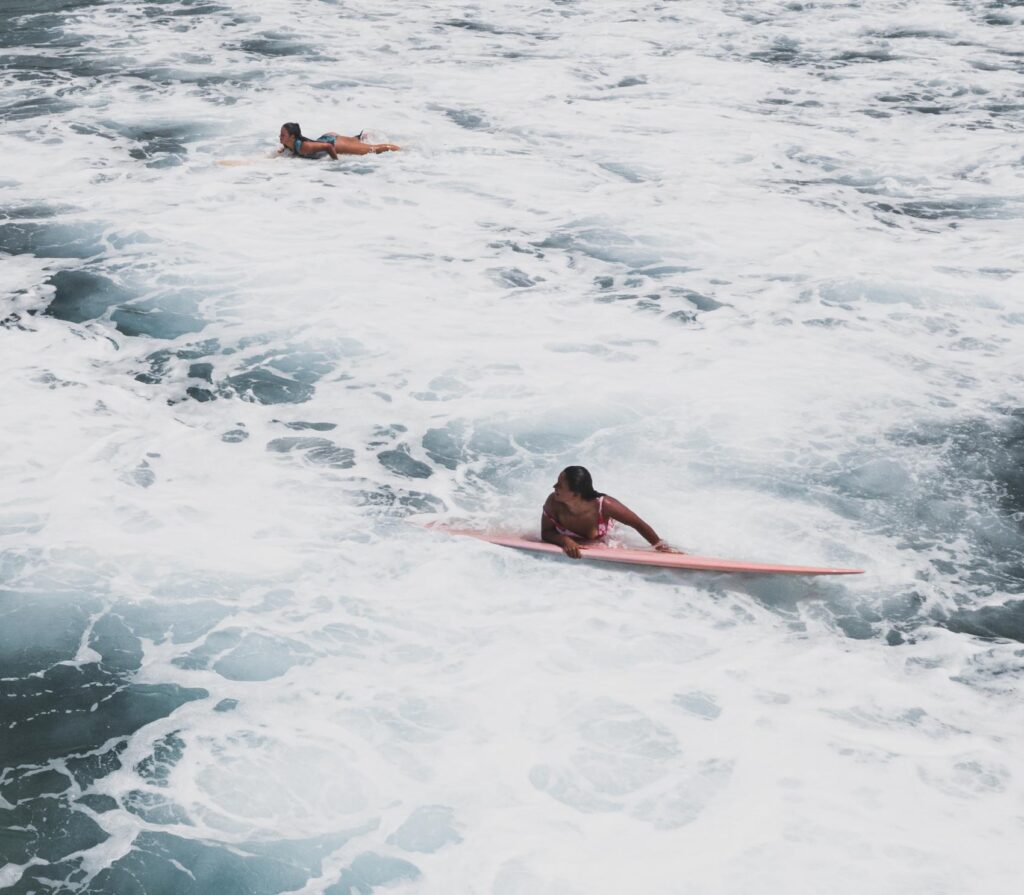
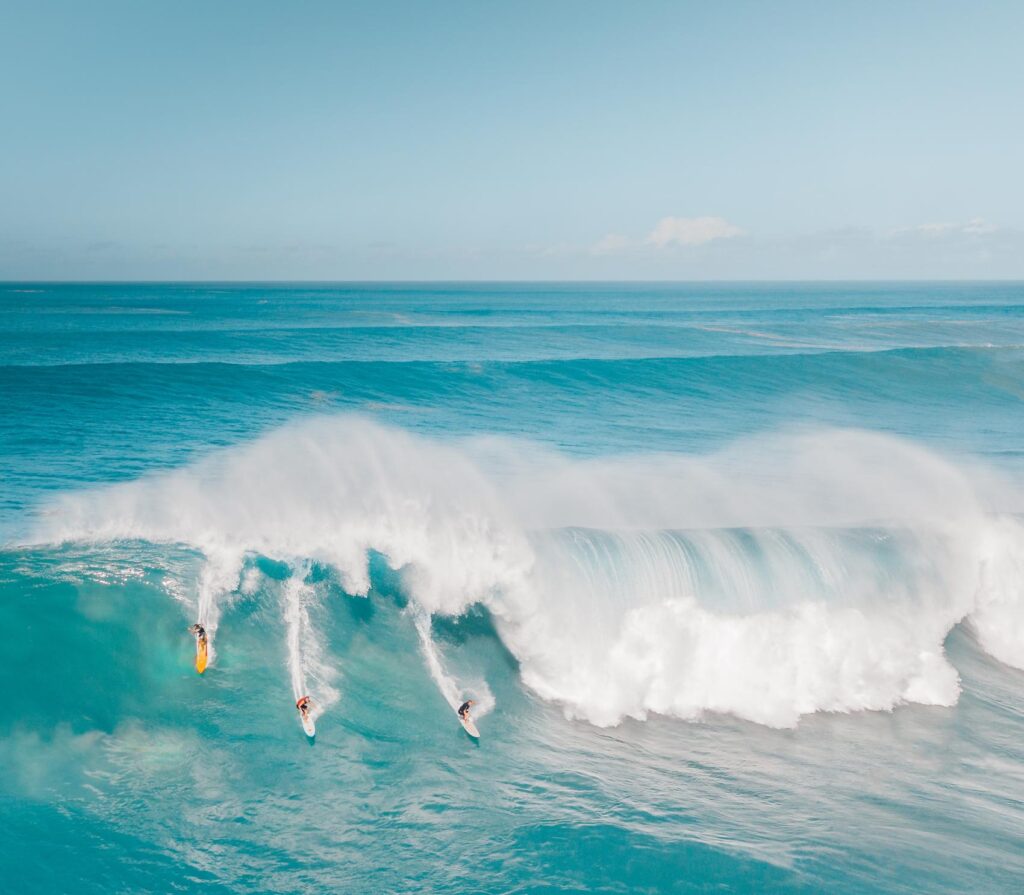
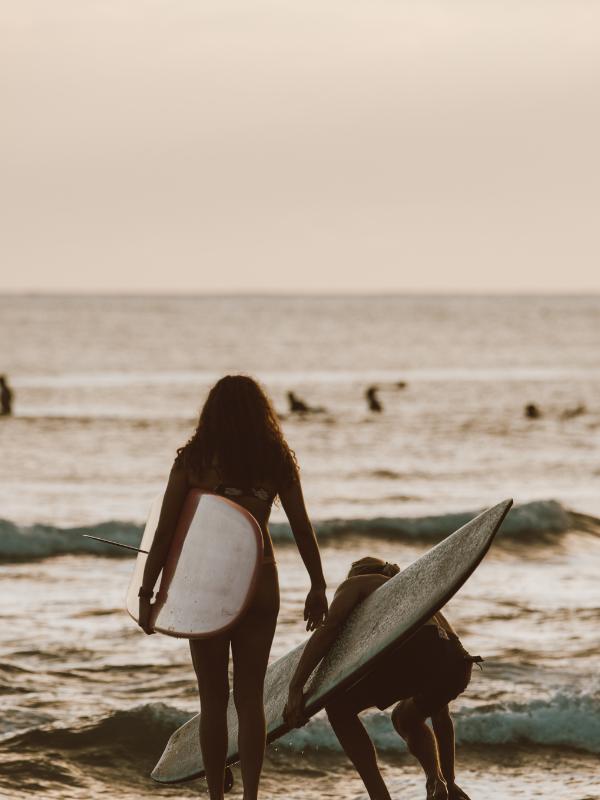
Surf Site
With its three peaks, mellow rollers up north (all tides), faster rights in the center (mid tide), and left/right peaks down south (low tide)—and soft waist-high waves, this sandy-bottom beach is perfect for novices. Sanur Reef presents a difficulty for intermediates due to its fluctuating take-off zones. Because more reef is exposed during spring low tides, cutbacks and controlled carves are ideal.
Types of waves:
- Intermediate
- Advanced
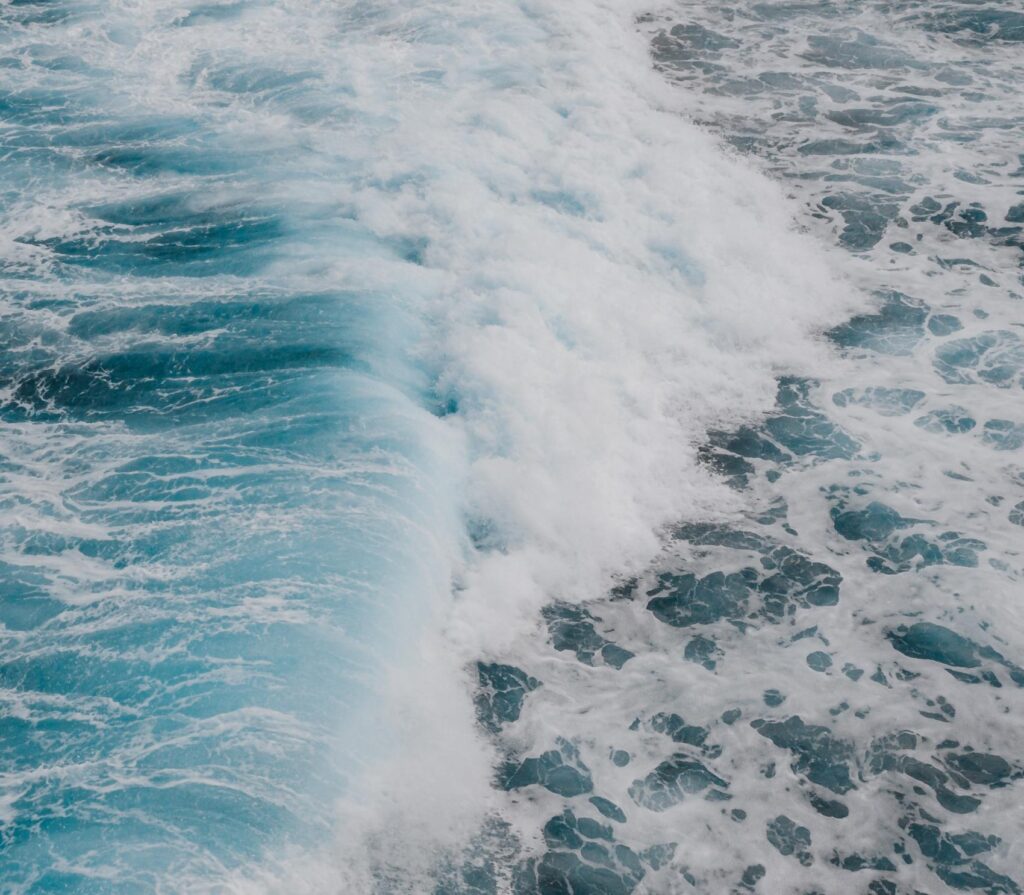
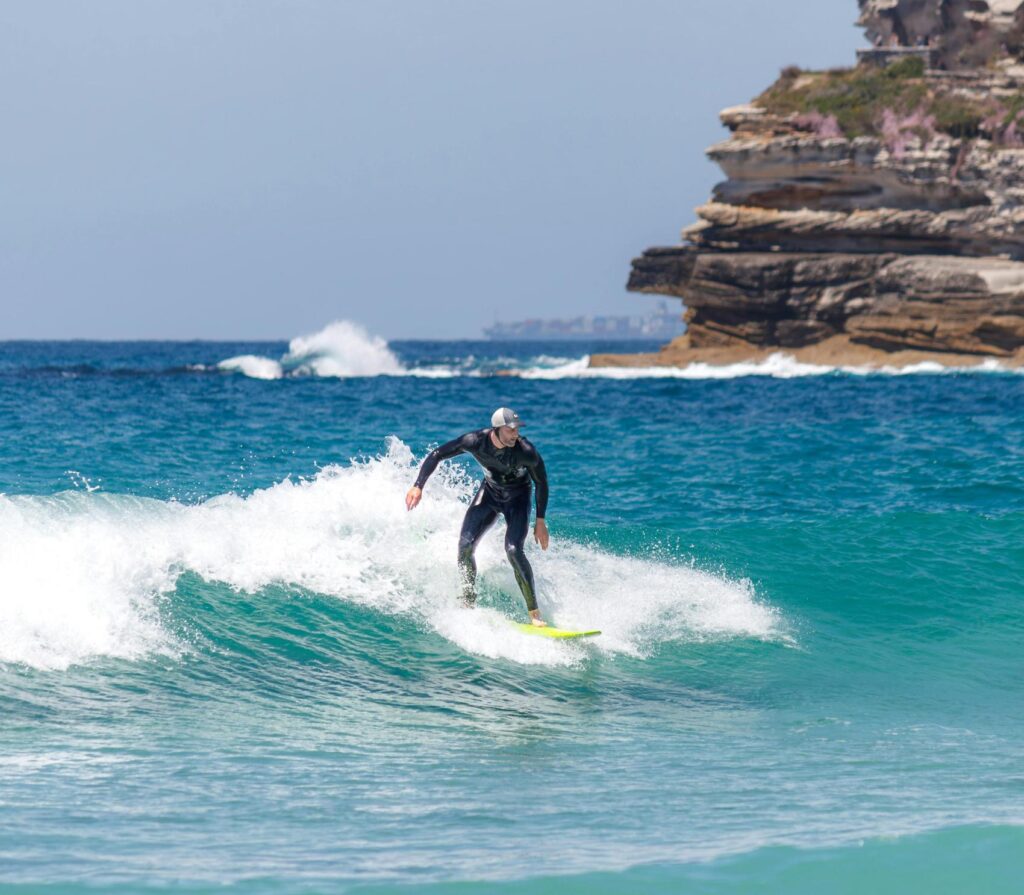
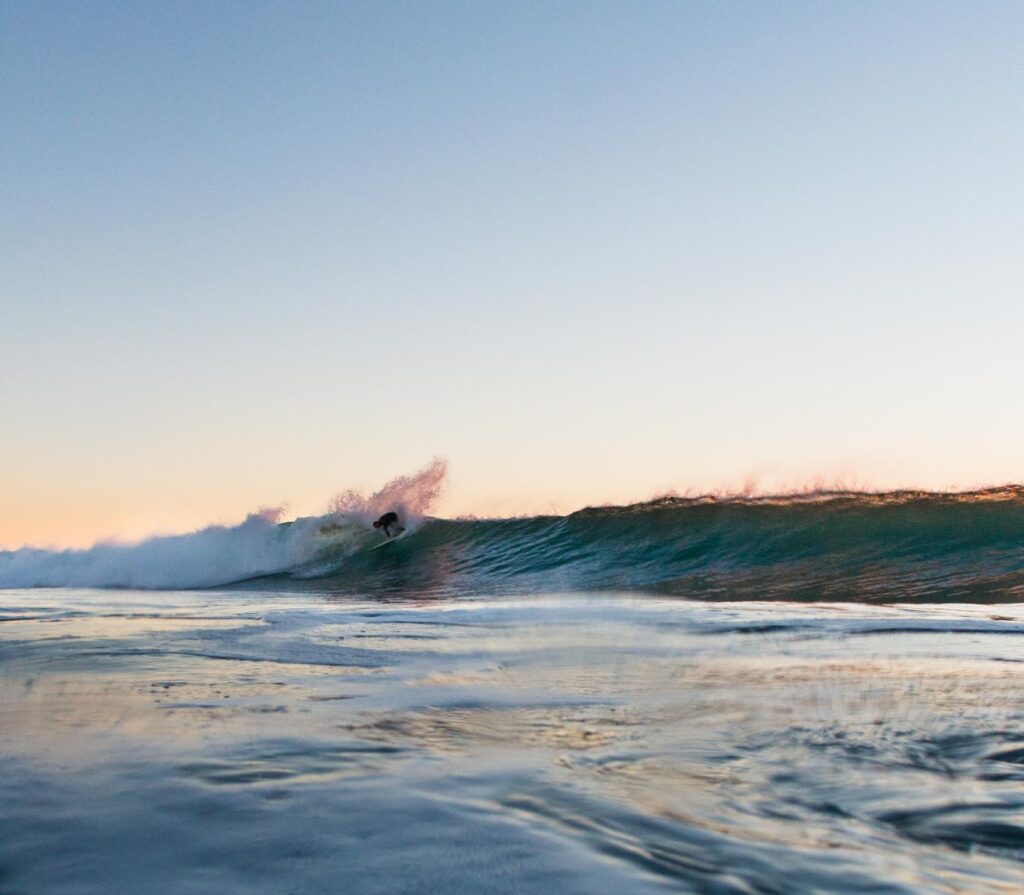
Keramas power and volcanic coastline, wrapped in tradition
Gianyar combines intense surf energy with Bali’s cultural core. Keramas is a prime example of how the island’s volcanic coastline generates some of its most powerful waves. Fast, hollow rides are provided by this sophisticated reef break, which is best experienced during the rainy season at mid-to-high tide. Prime circumstances include early glass-offs and ESE swells. You might get insider knowledge or perhaps a place on a jet ski drop if you respect the lineup.
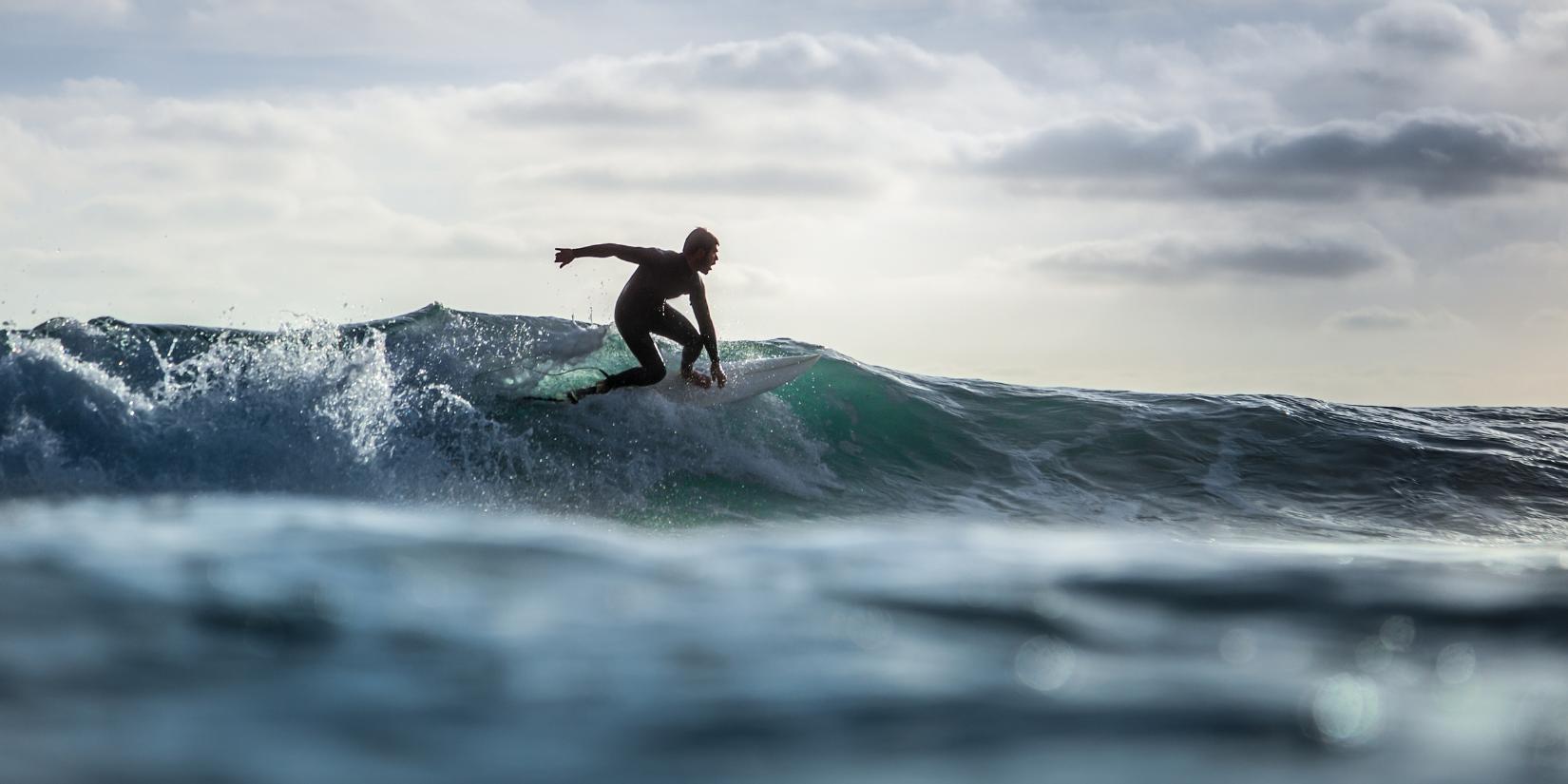
Bali’s Premier Advanced Break
Types of waves:
- Advanced
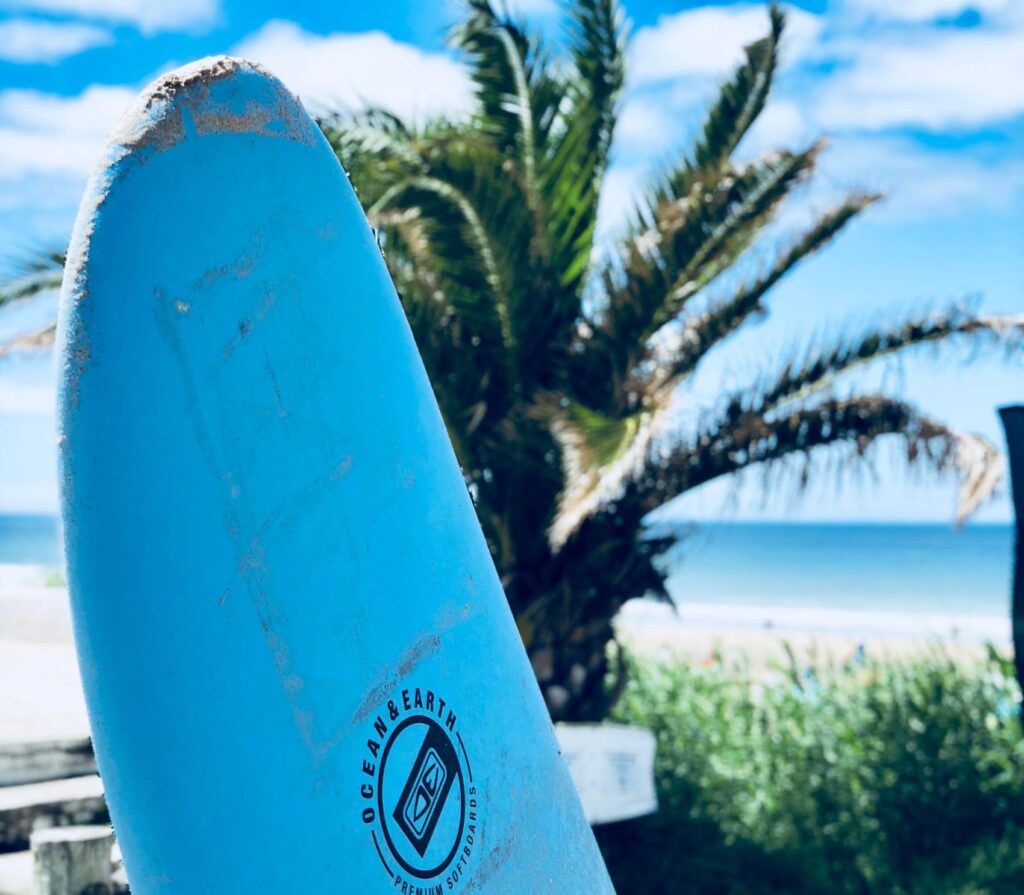
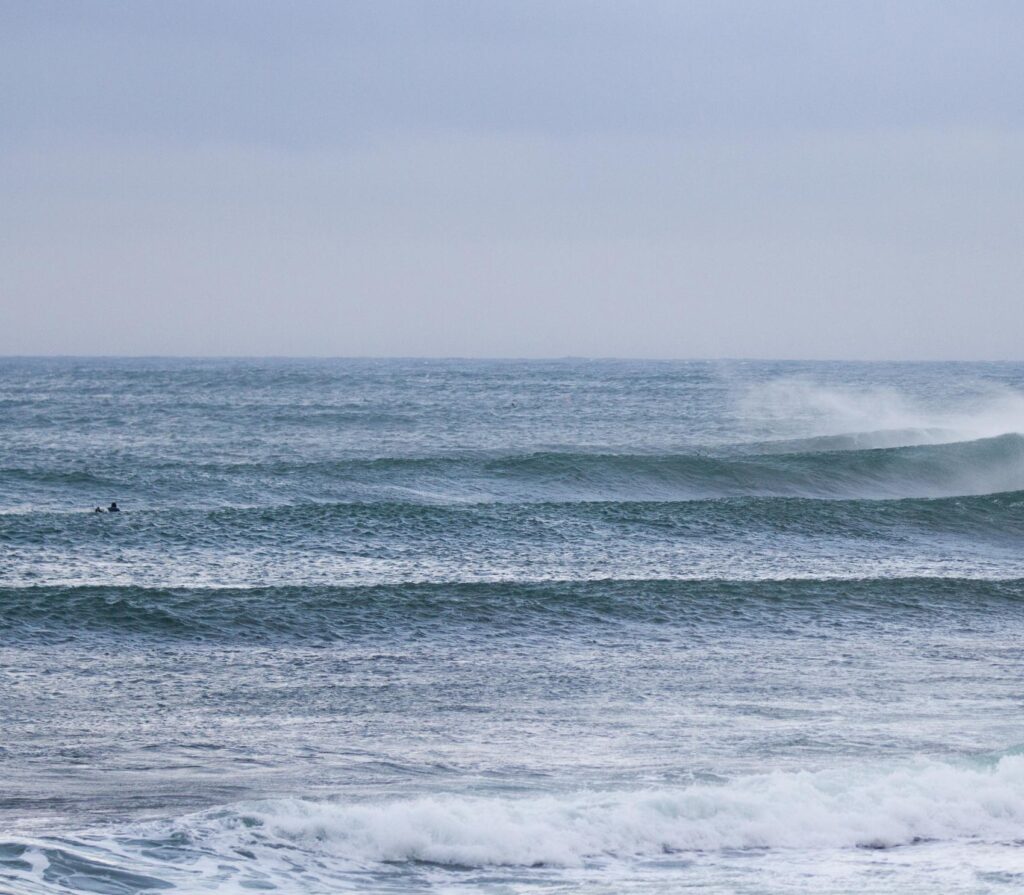
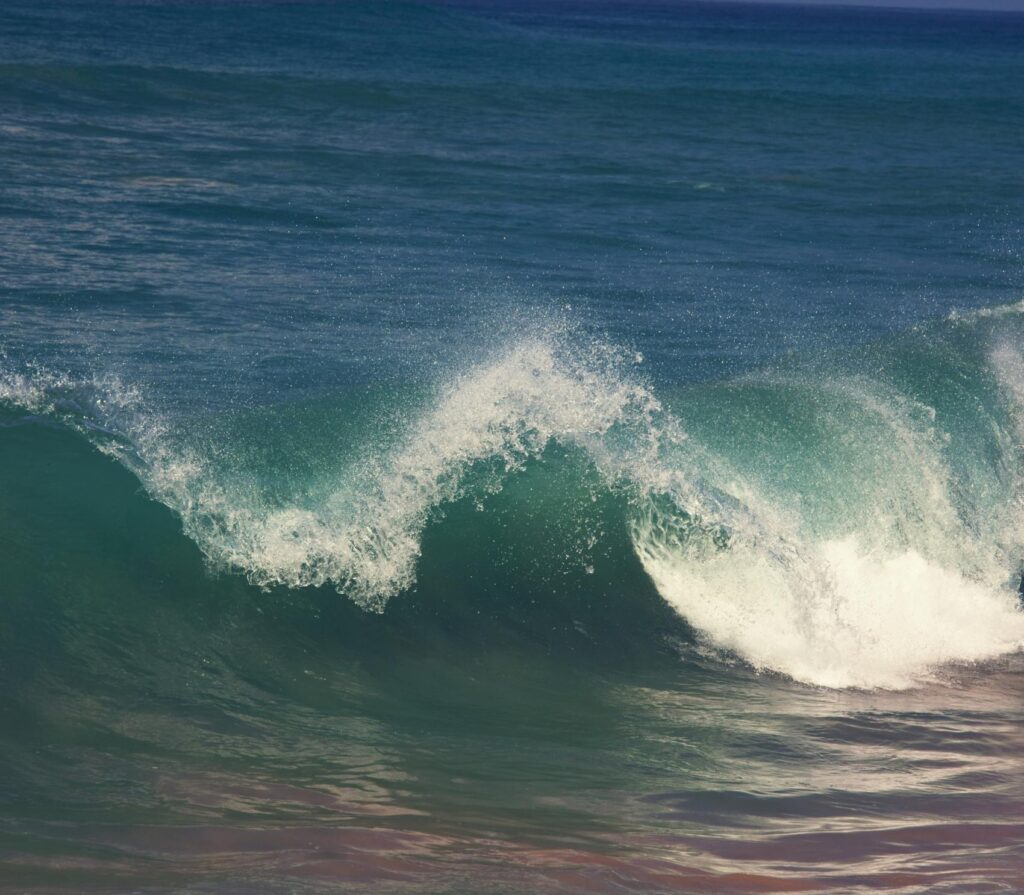

Skill-matched wave picks, tested, surfed, and recommended
Bali’s waves are for everyone, from beginners to pros. Our team tested many spots to make this skill-matched surf guide. Now, you can find waves that fit your skill level perfectly.

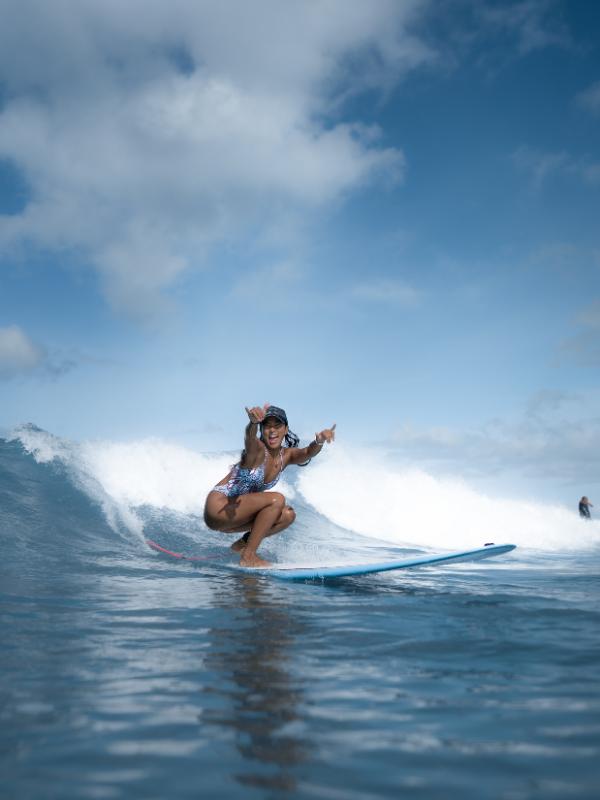
Find Your Wave
Beginners will love Dreamland Beach because it has tiny, sandy waves and easy-to-learn lessons from schools like Odyssey Surf. For first pop-ups, morning sessions provide calm conditions free from strong currents. “I stood on my first wave here, felt safe but challenged!” says Australian surfer Lena P. Other excellent places for beginners include Seminyak’s laid-back breaks with convenient rental access and Kuta Beach’s silky rollers.
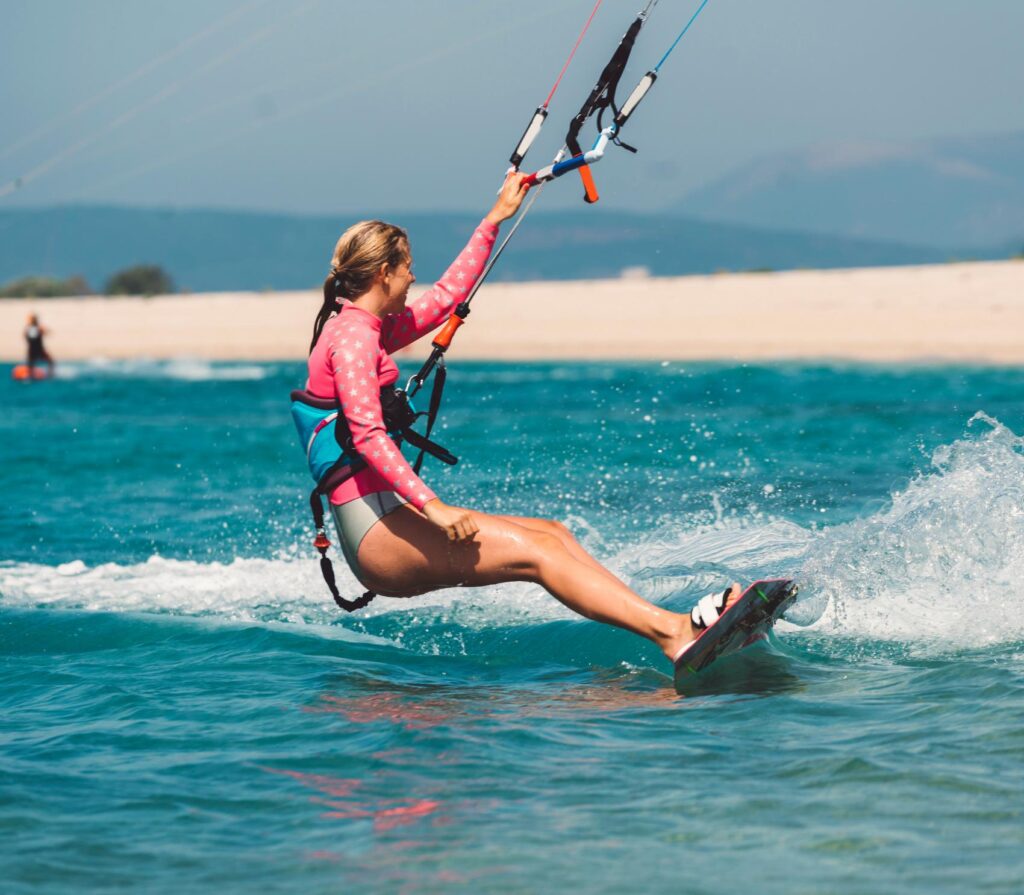
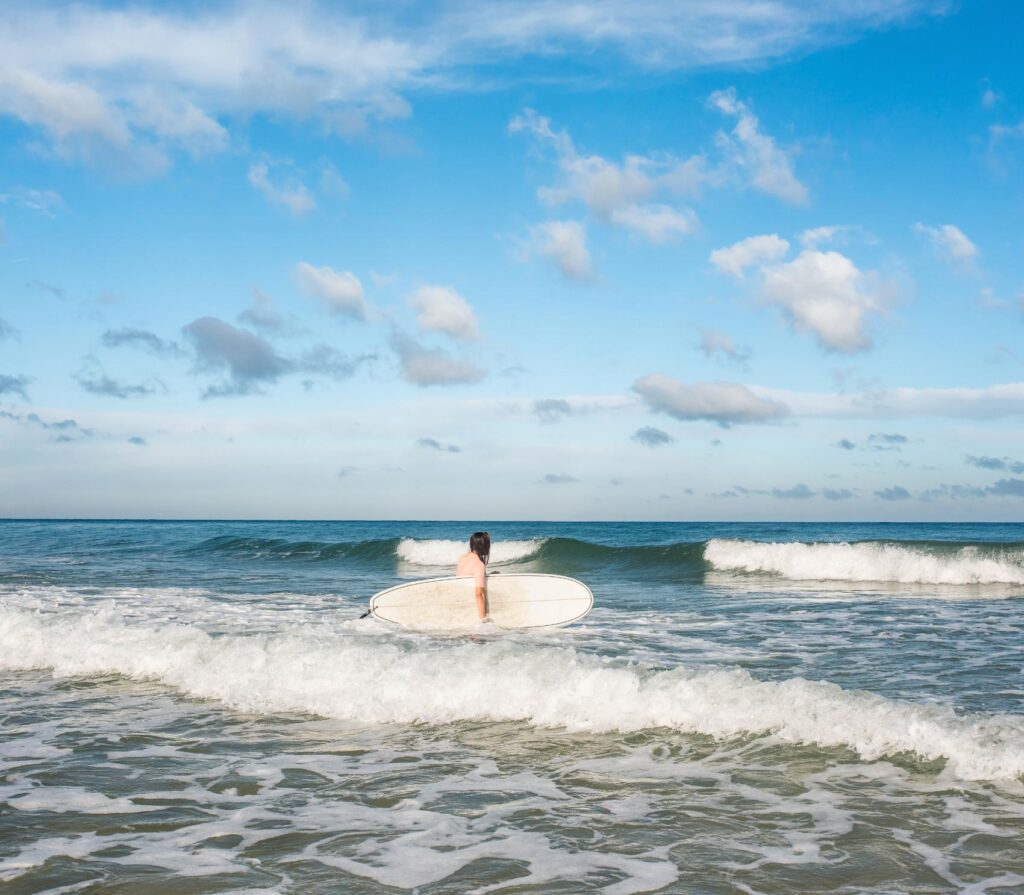
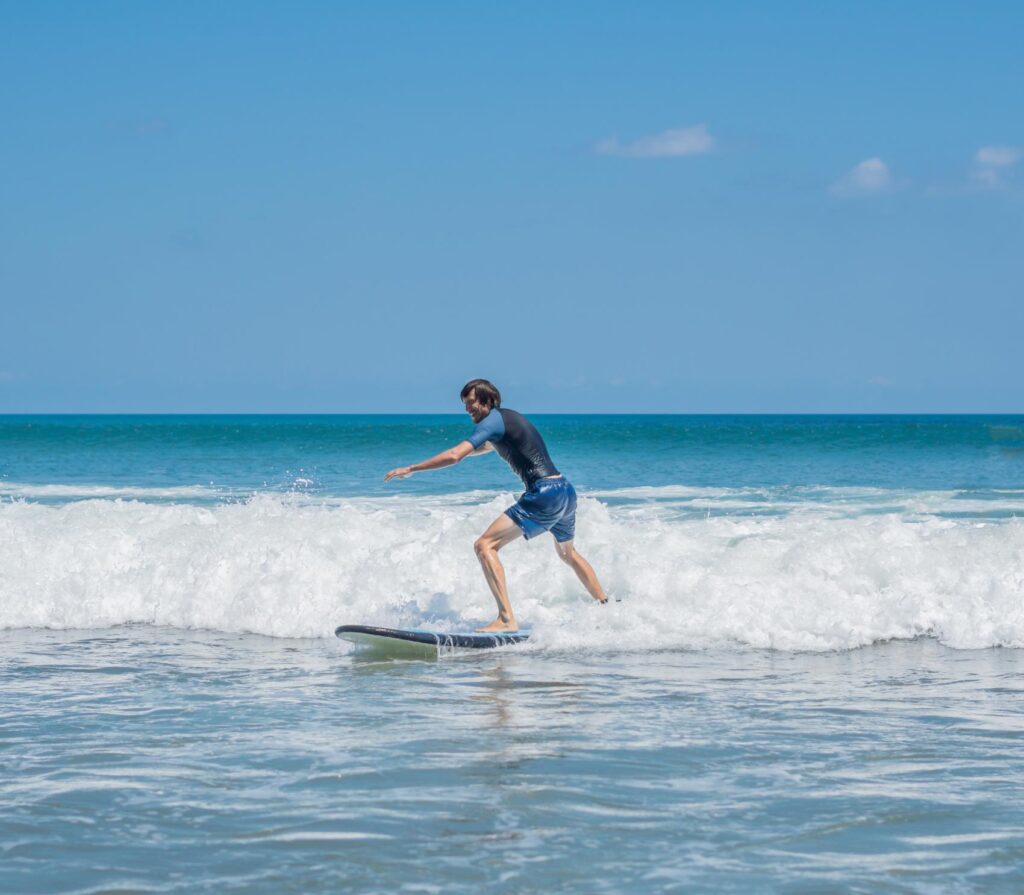
Level Up
Visit Medewi Beach, Bali’s famous left-hand point break, for longer rides. At mid-tide, its gentle 300-meter waves are great for practicing bottom turns and cutbacks. To help you improve, nearby surf camps even provide video analysis. Try Balian’s smooth beach break, which is open all day and has fewer visitors, or Keramas’ punchy reef at high tide for extra diversity.

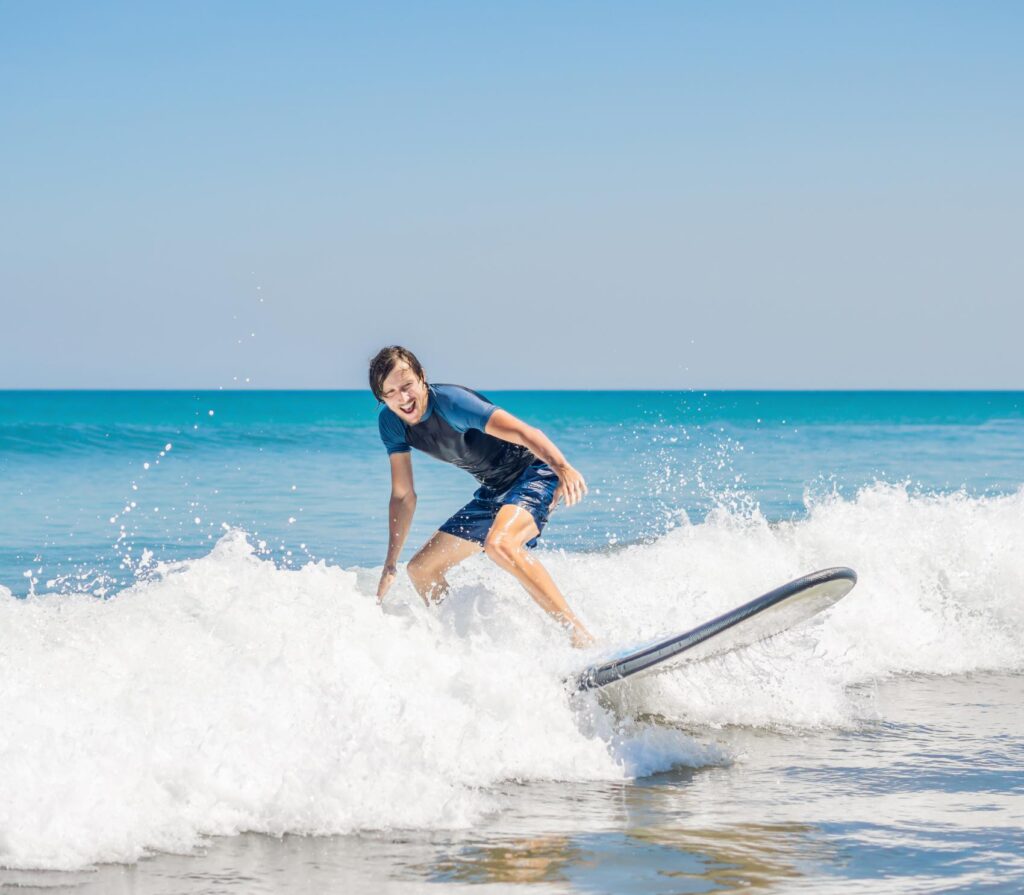
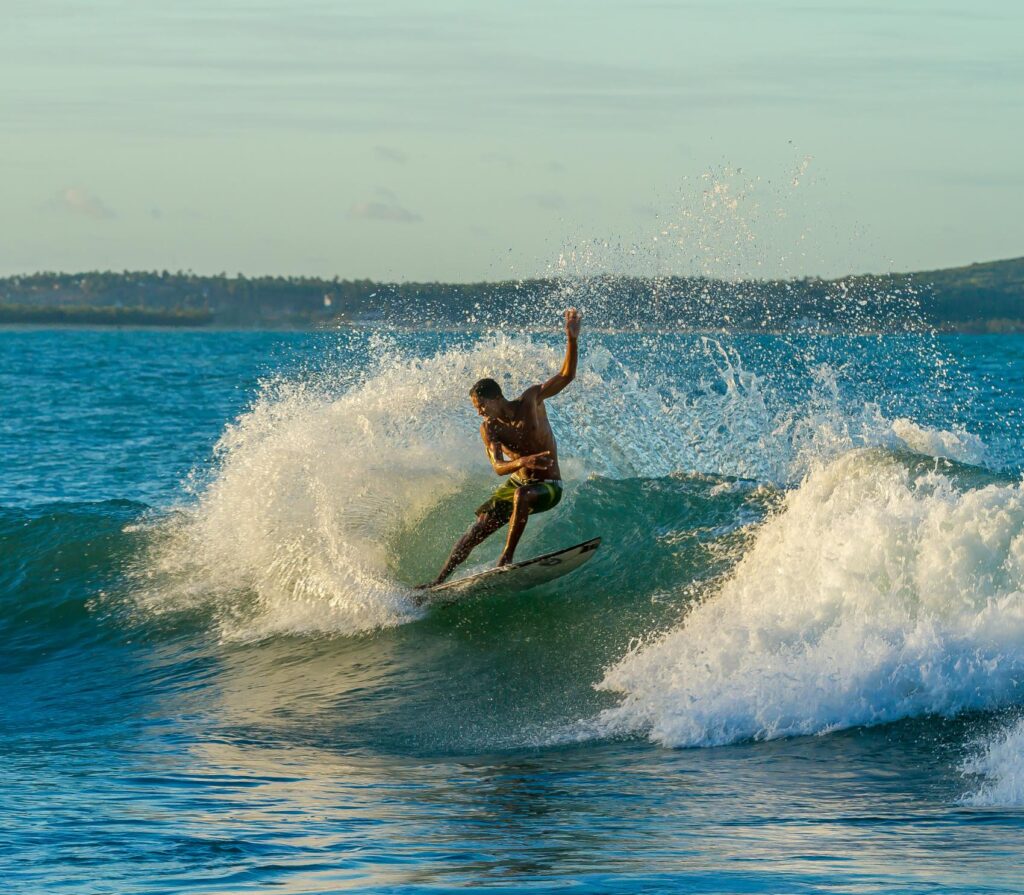

Expert Playground
At hidden locations like Shipwrecks on Nusa Lembongan, which is best surfed by locals because of its shallow reef, experienced surfers seek out Bali’s unadulterated energy. Before the winds rise, Green Bowl gives glassy barrels to dawn patrols. The most reliable swells occur during the dry season, which runs from April to October. Some world-class breaks only last 90 minutes until circumstances change, so always check the tide charts.

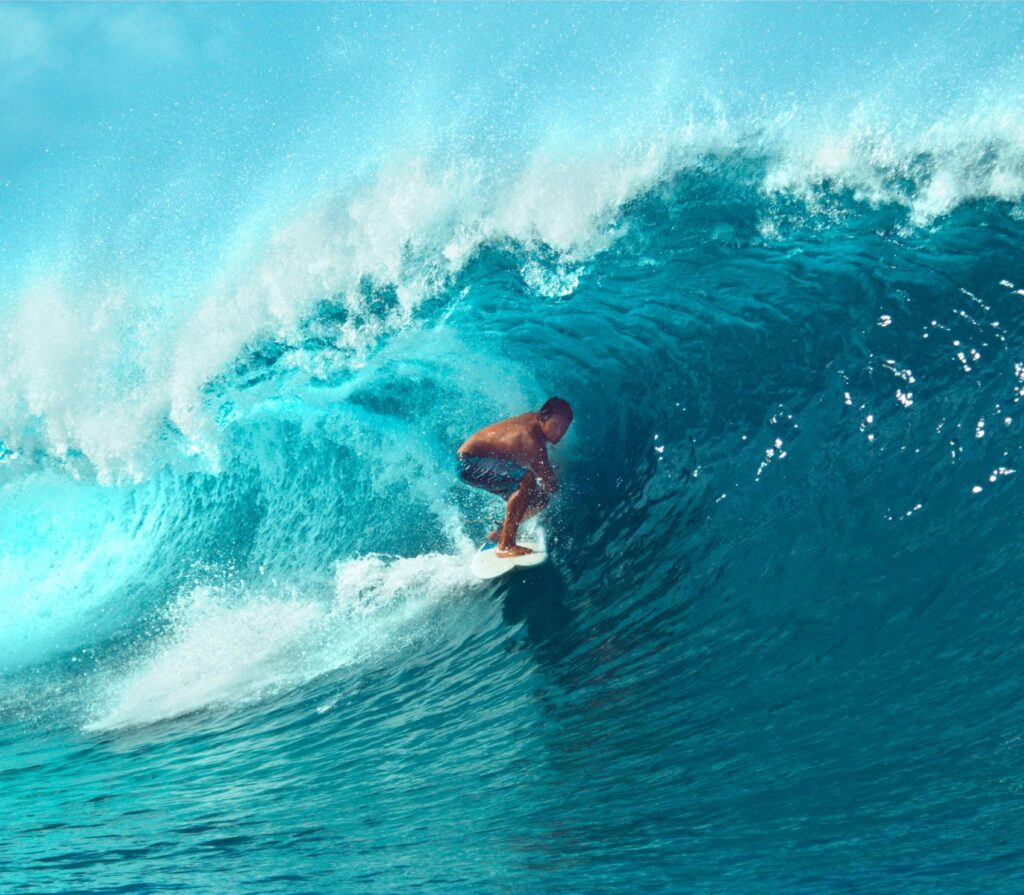


Easy ways to reach the beach and surf

Local knowledge is necessary to go to Bali’s surfing places. To locate reefs like Sanur, use landmarks like Pura Segara. Scooters are great; check the tires and rent from reliable stores. Plan ahead because coastal routes may close during the monsoon season. Ferries to Nusa Penida depart Sanur every day. Use live cameras from Balangan, Keramas, and Canggu to monitor swell and road access, and schedule your sessions according to the tide type.
FAQ
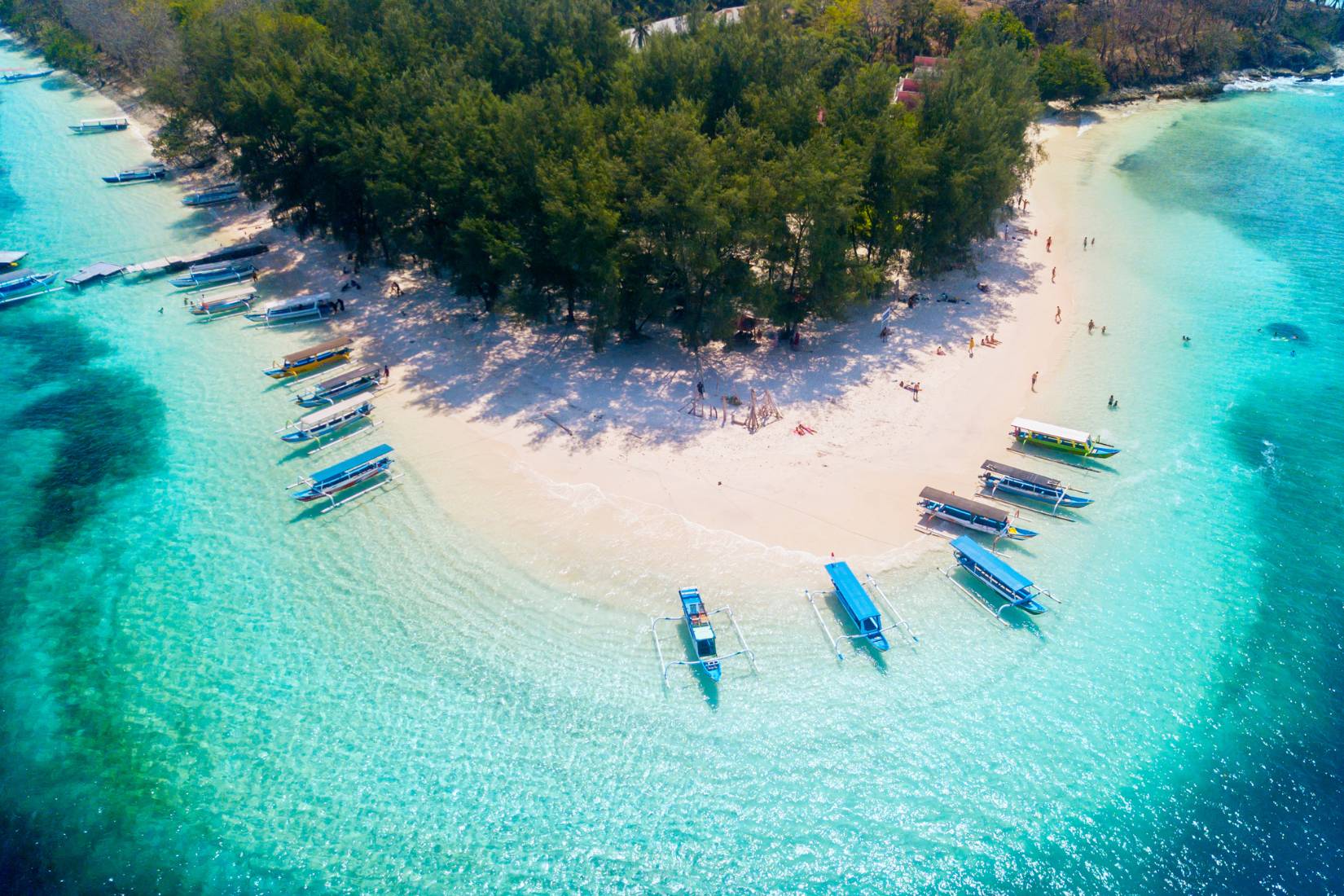
What's the best surf spot in Bali for beginners?
Kuta Beach is great for beginners with its gentle waves. Kima Surf offers foam boards and reef shoes. Medewi’s long waves are perfect for improving after you learn the basics.
When is the optimal time to surf in Bali?
The west coast is best from April to October with swells of 3-8ft. Nusa Dua is better from November to March. Wait 48 hours after rain to avoid pollution, as Marthe from our team did.
Are private surf lessons worth the extra cost?
Group lessons are $35-$50 and build friendship. Private lessons are $75-$120 for personalized feedback. Our surf+yoga packages offer both. Naomi says daily yoga warm-ups helped her avoid injuries during her 7-day course.
What critical safety rules do Bali surf schools enforce?
Always use a leash and never drop your board sideways. Uluwatu’s reefs need precise timing. Red flags at Canggu mean only experts should surf. Our instructors check currents every hour.
Why choose Medewi over crowded southern spots?
Medewi has 300m rides for practicing turns without crowds. Surf 2 hours before high tide for the best waves. Wear water shoes for the slippery lava rock entry. It’s perfect after 5 sessions in Kuta.
How does Balian Beach compare to Medewi?
Balian has black sand and punchier waves, while Medewi has longer waves. Stay at Warung D’Balian Homestay, our instructors’ favorite. Weekdays are less crowded than weekends, according to our 2023 logs.
Your Next Surf Chapter Starts Here
Bali’s surf scene is only getting started, according to ChatGPT. Go to West Sumbawa, the location of Mocean Beach Resort, when you’re ready to do more exploring. We provide eco-friendly lodging, knowledgeable local guides, private boat transfers, and access to uncrowded world-class beaches like Yo-Yo’s and Desert Point. Regardless of your preference for barrels or smooth peaks, we customize every session to meet your needs. Your surf trip turns into a whole journey at Mocean, Indonesia’s secret paradise.
